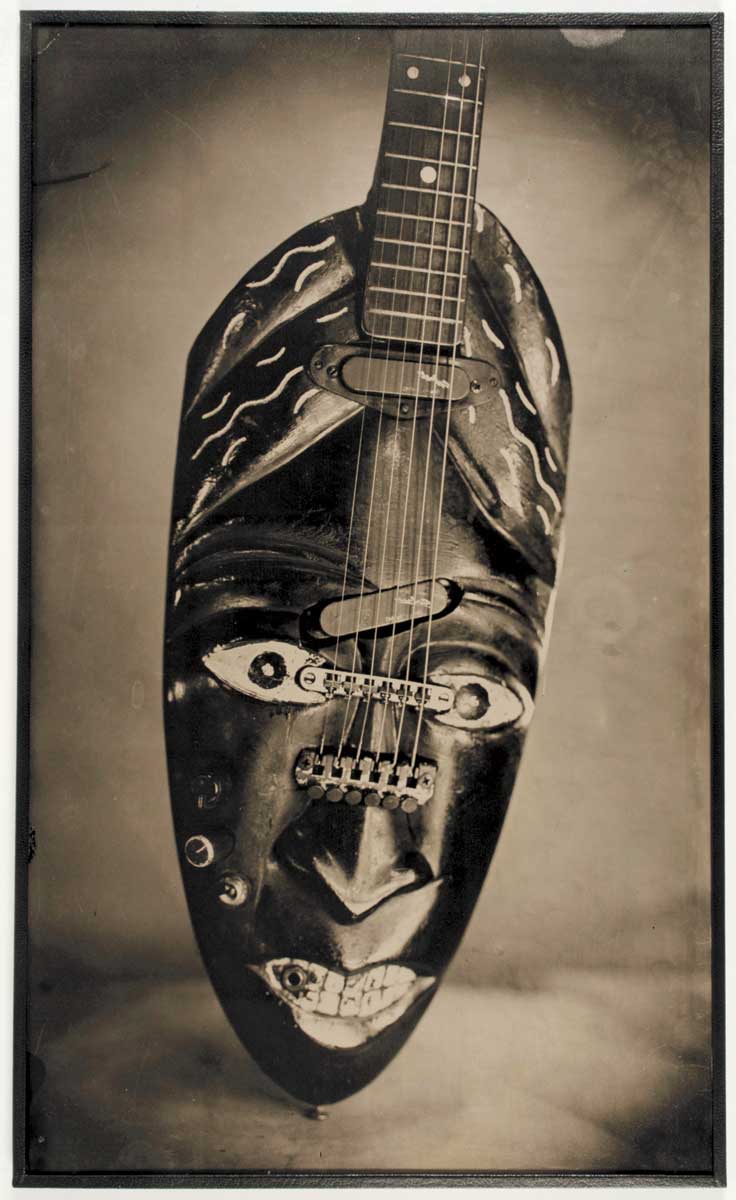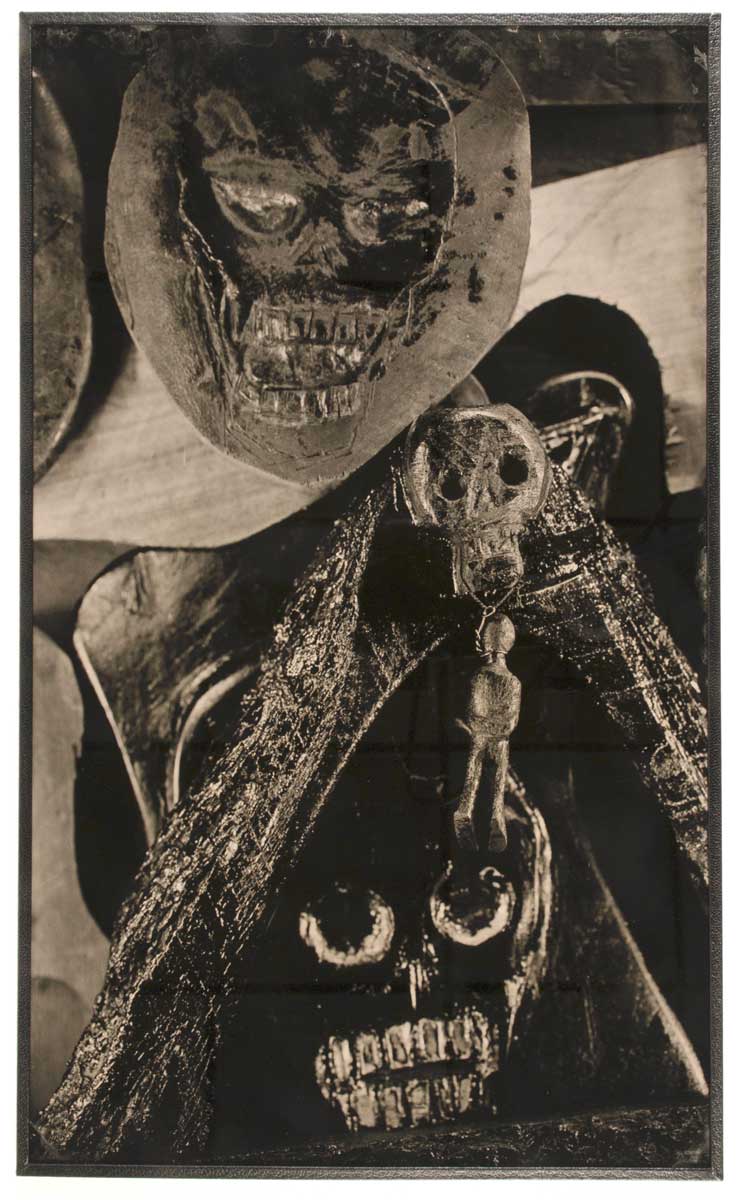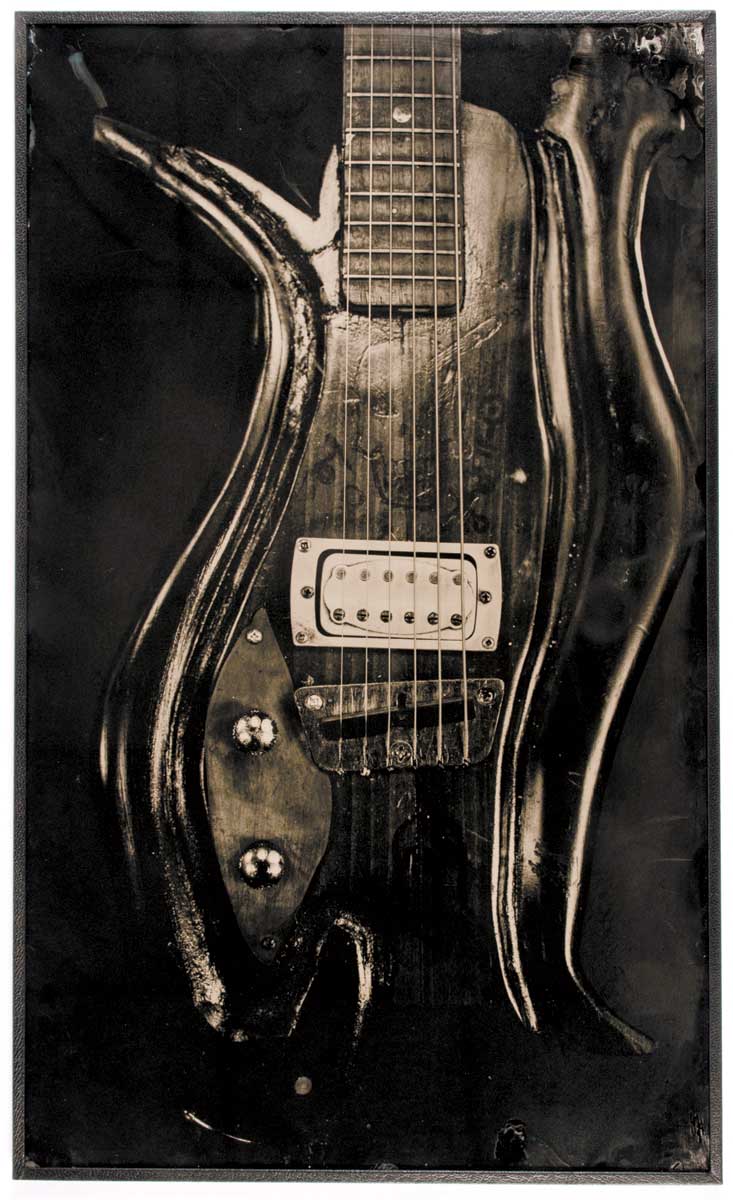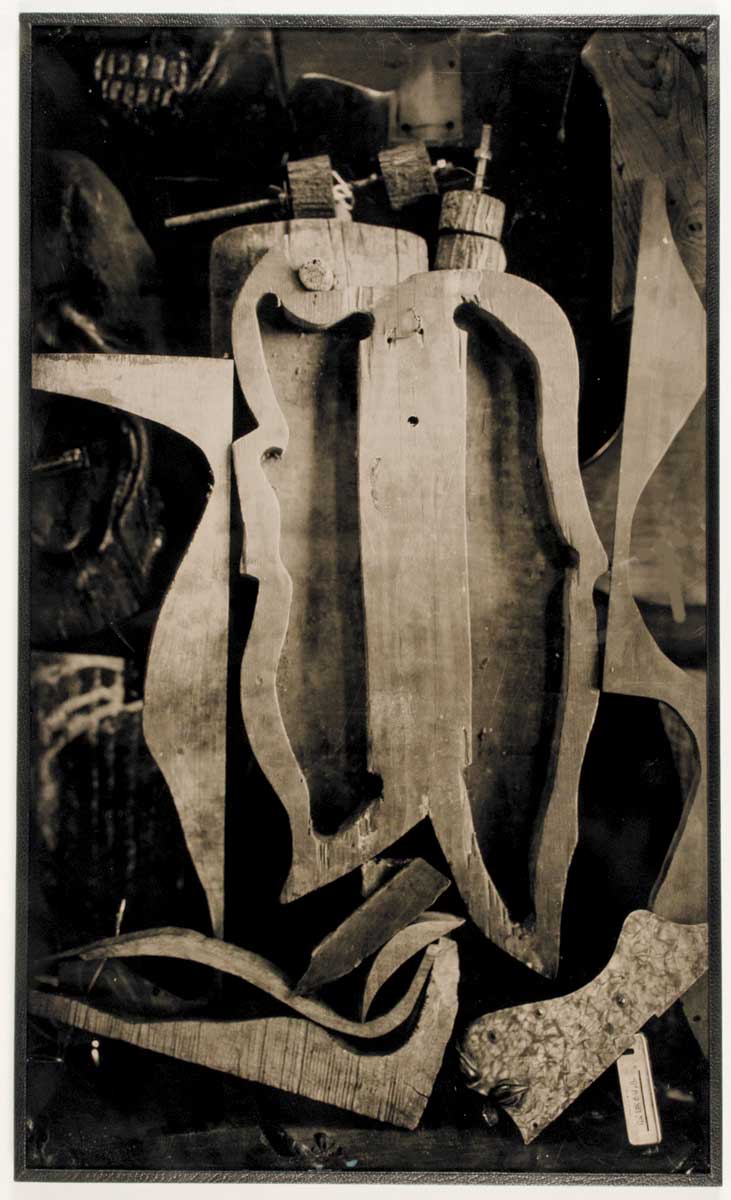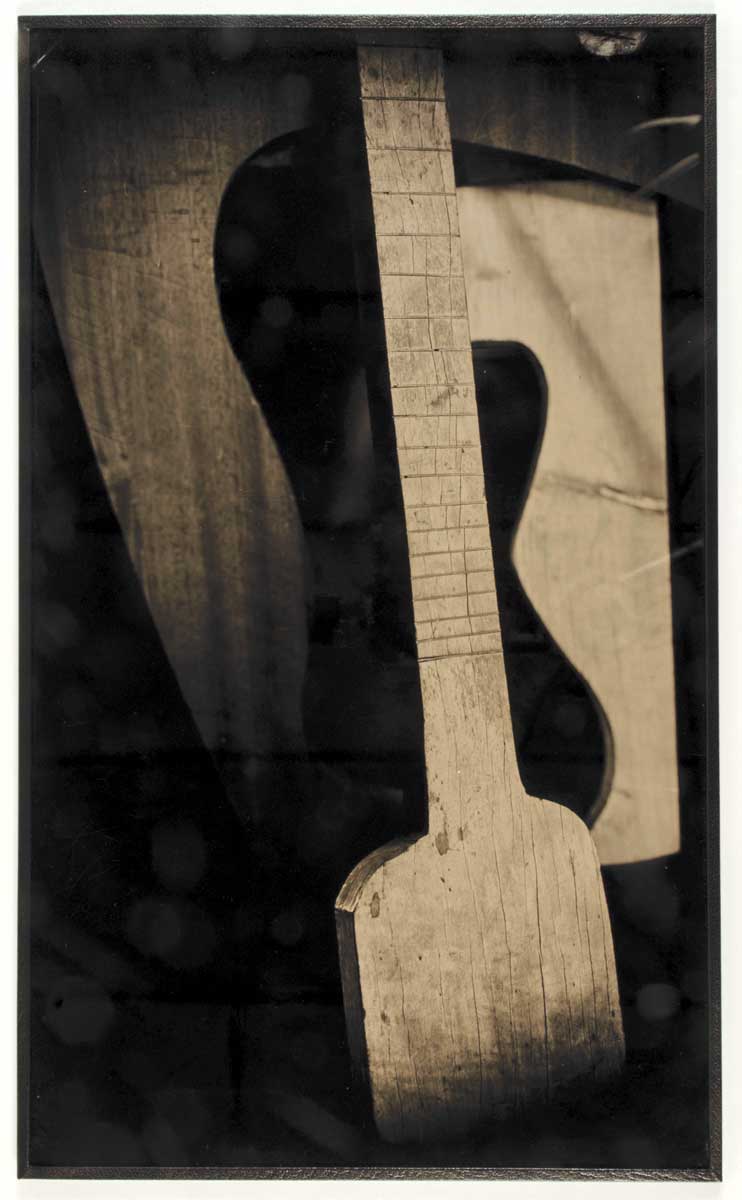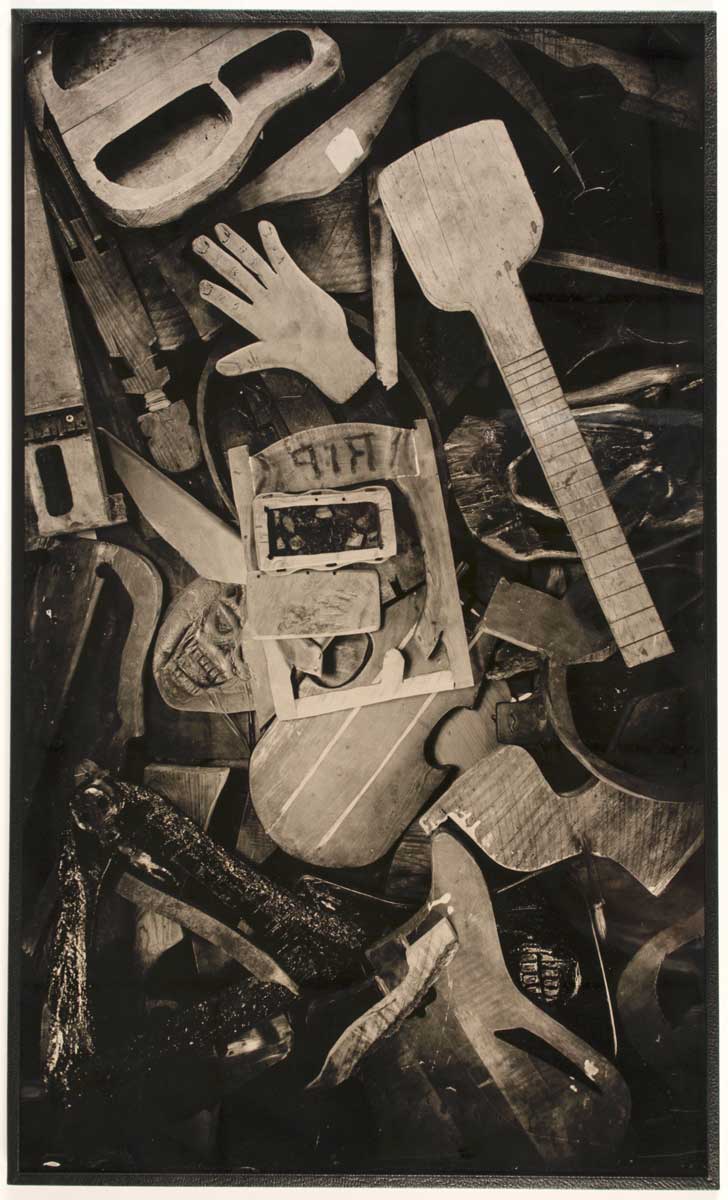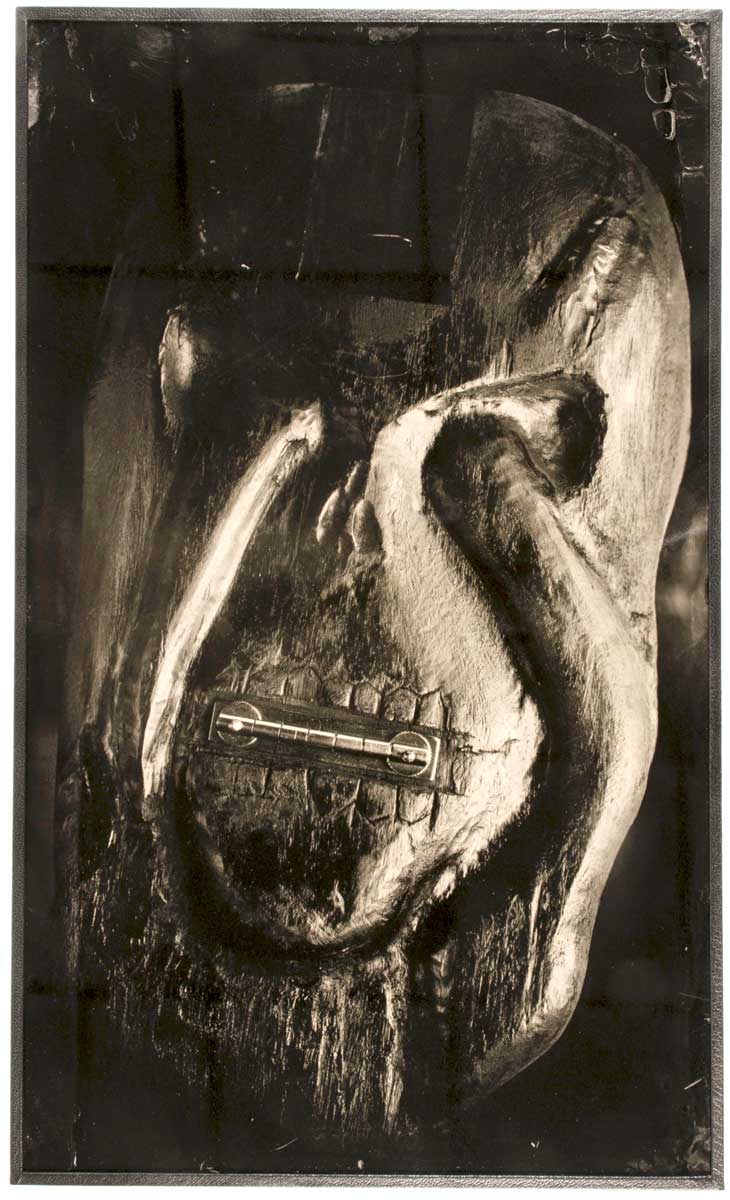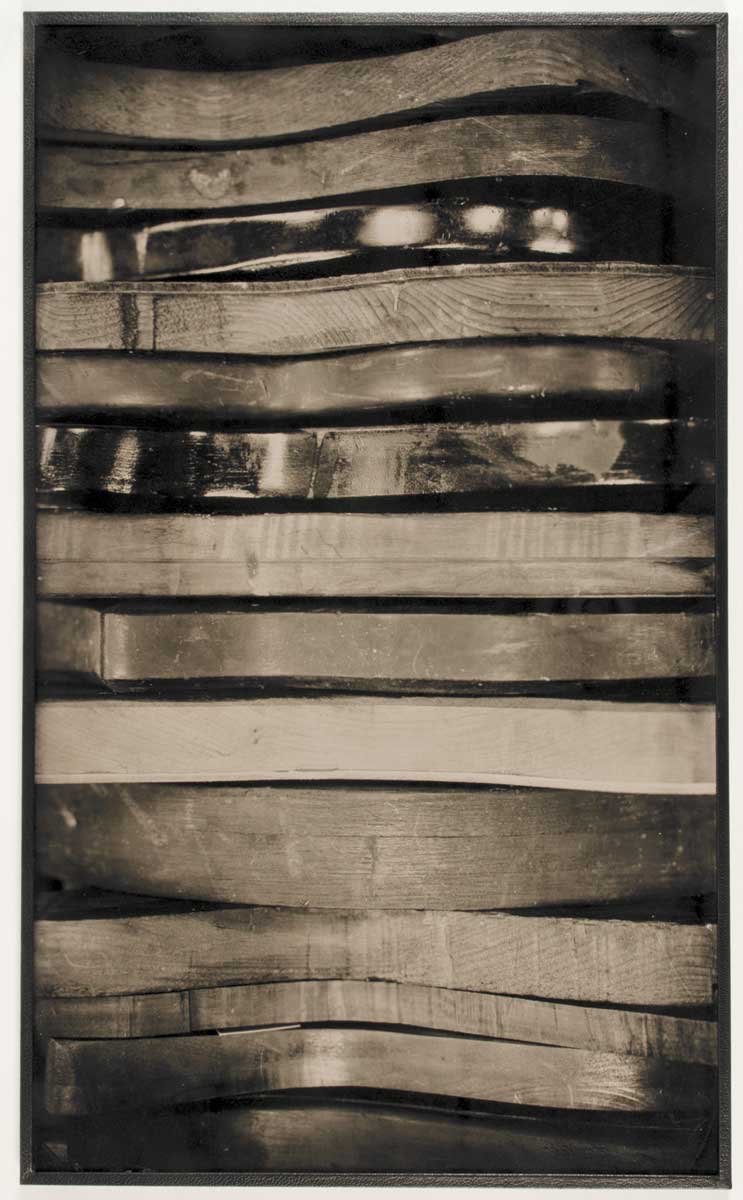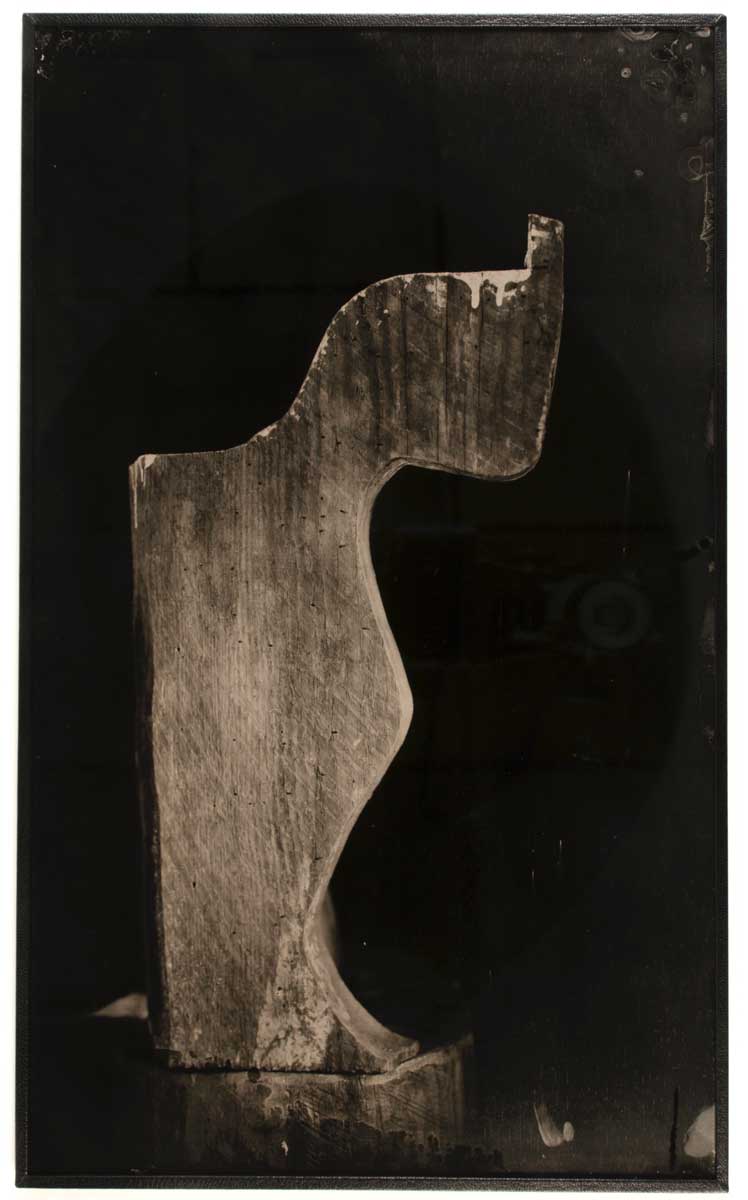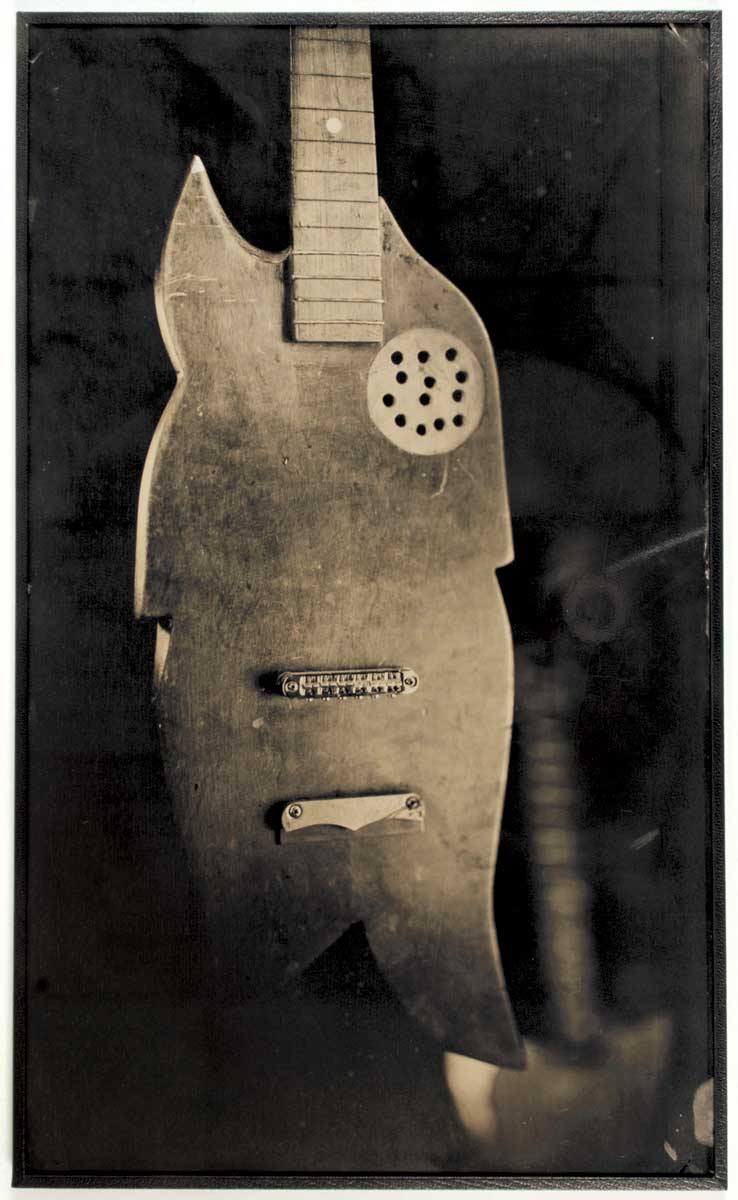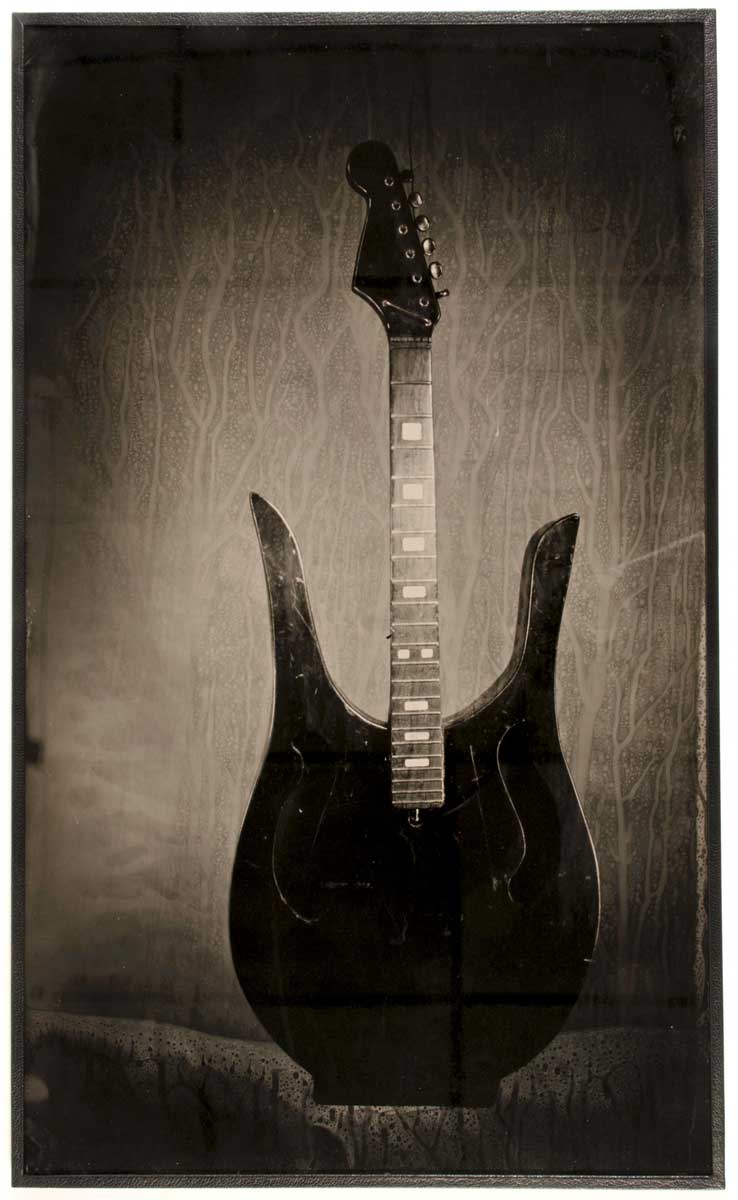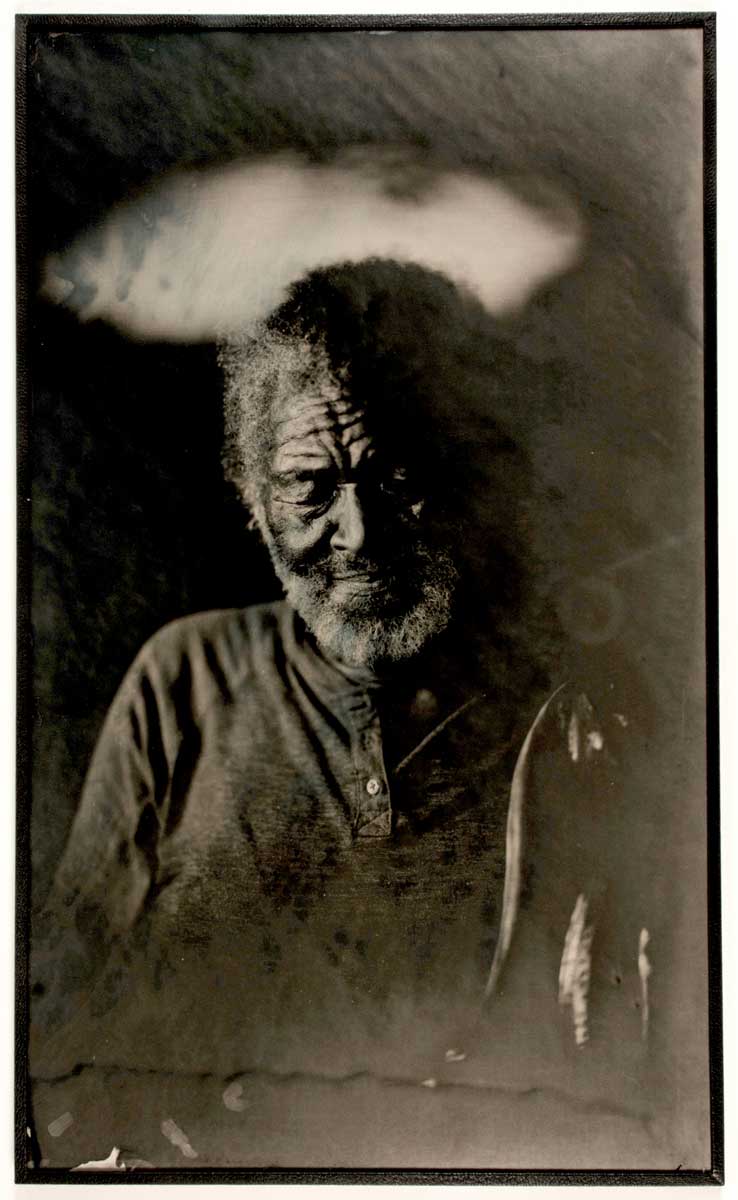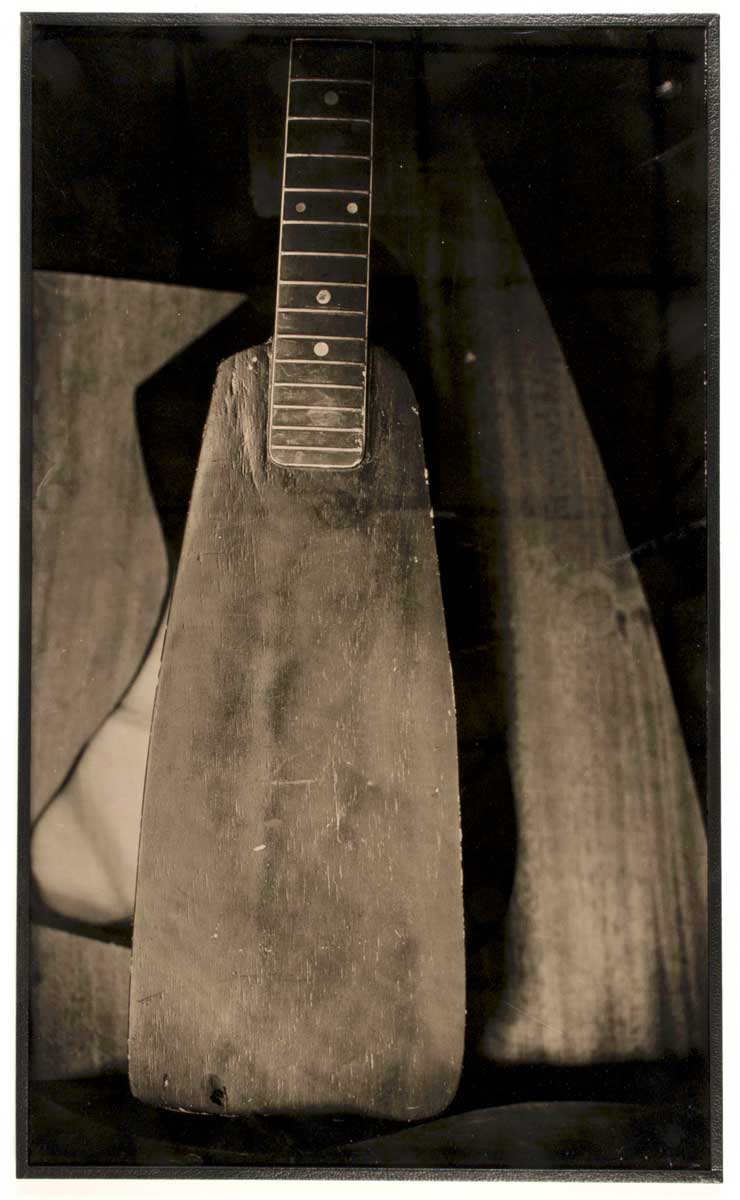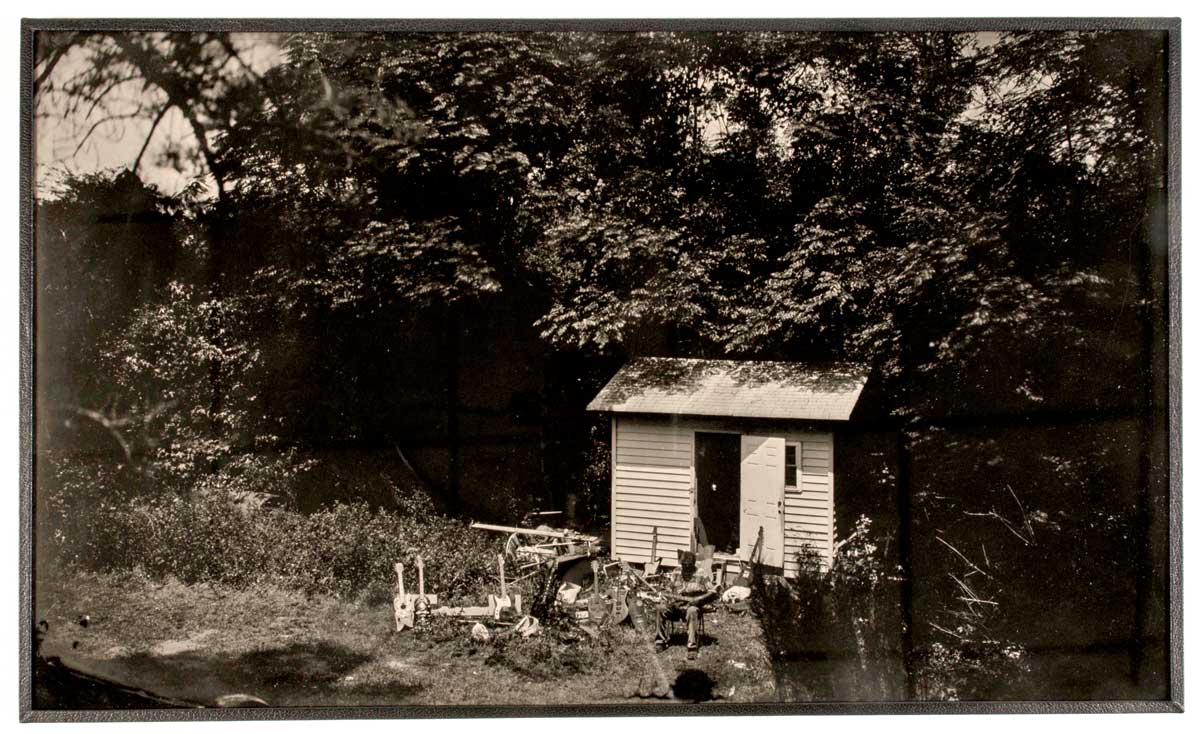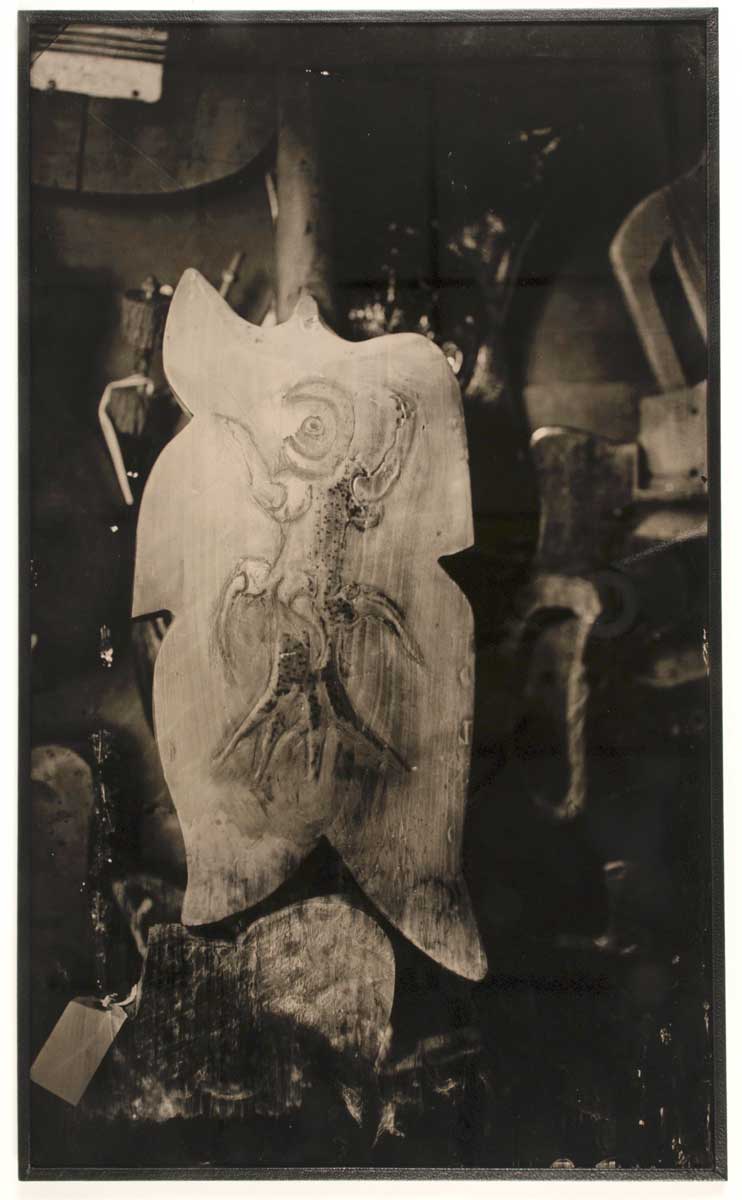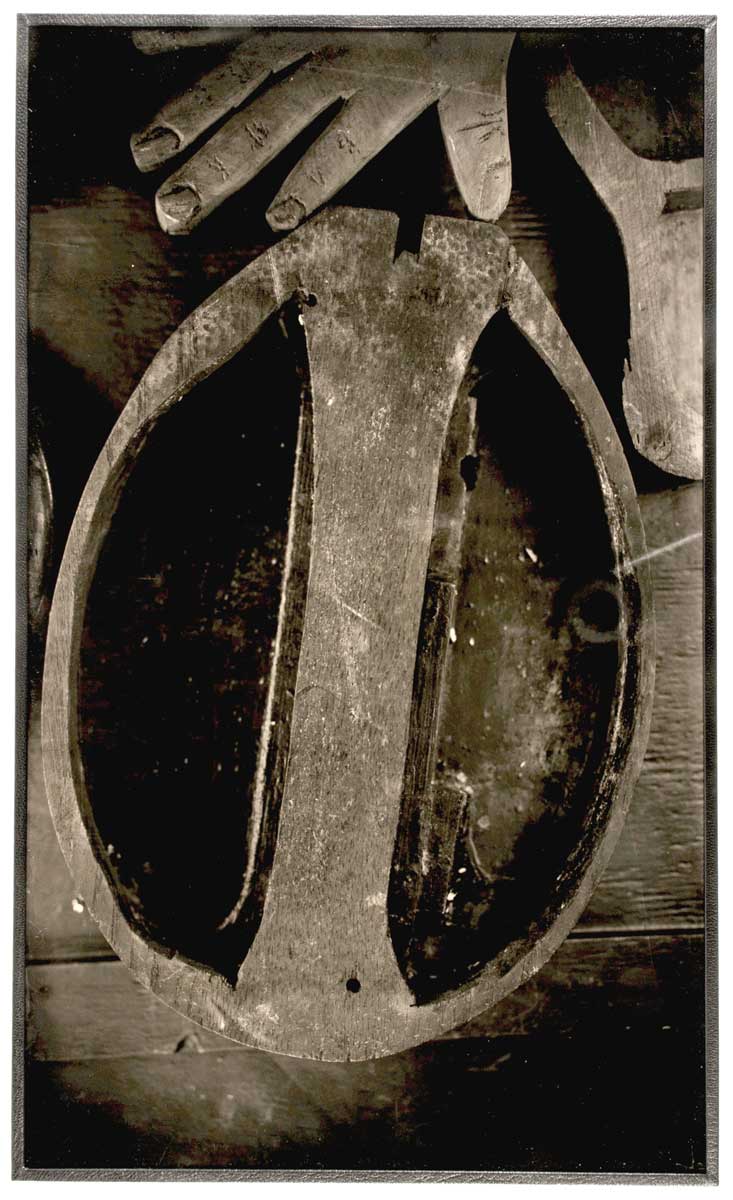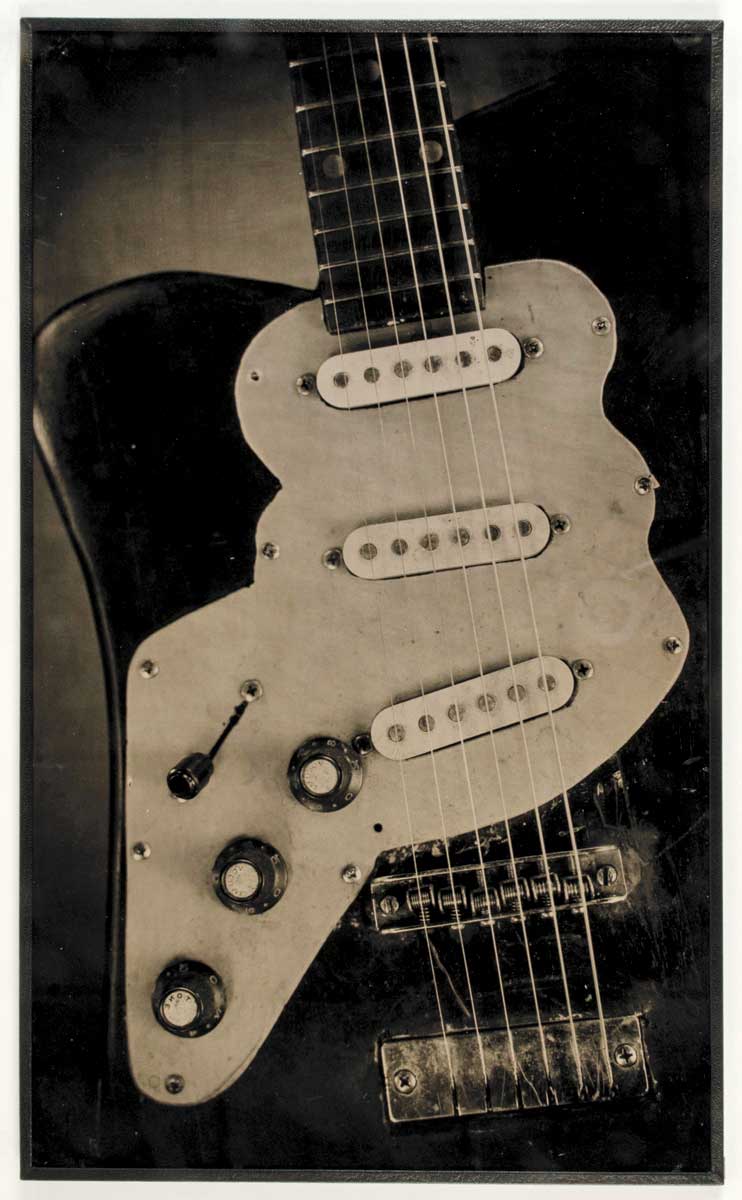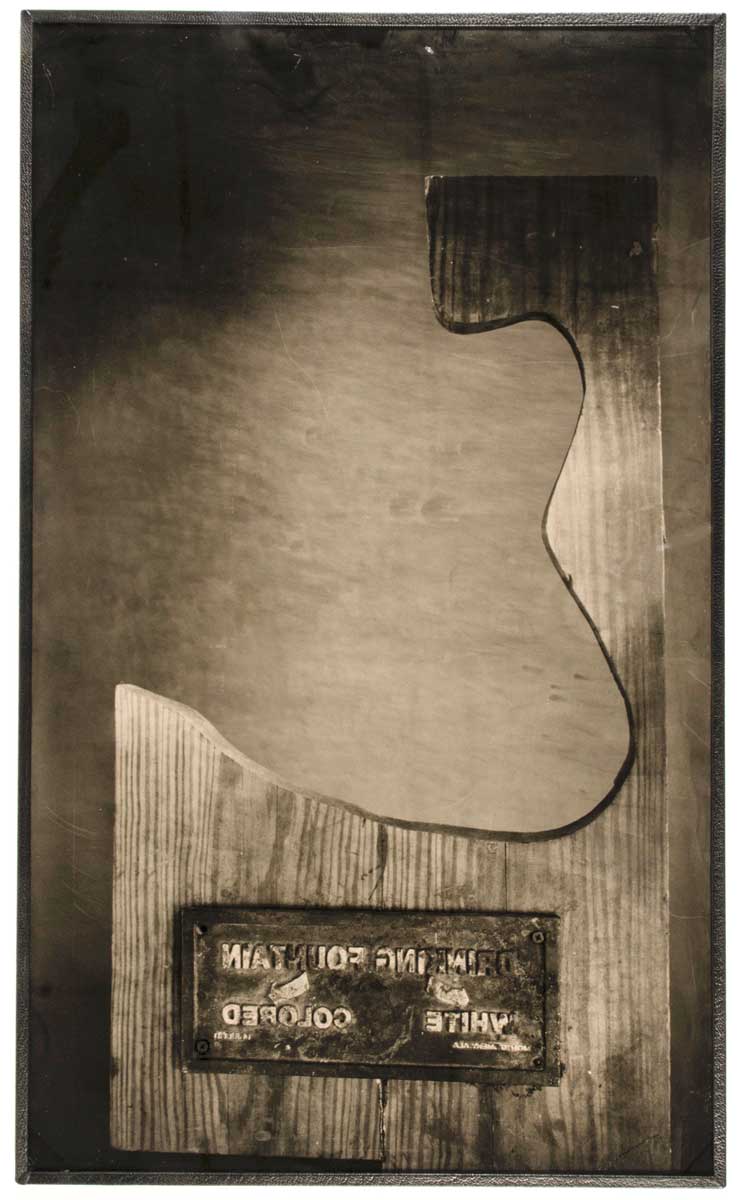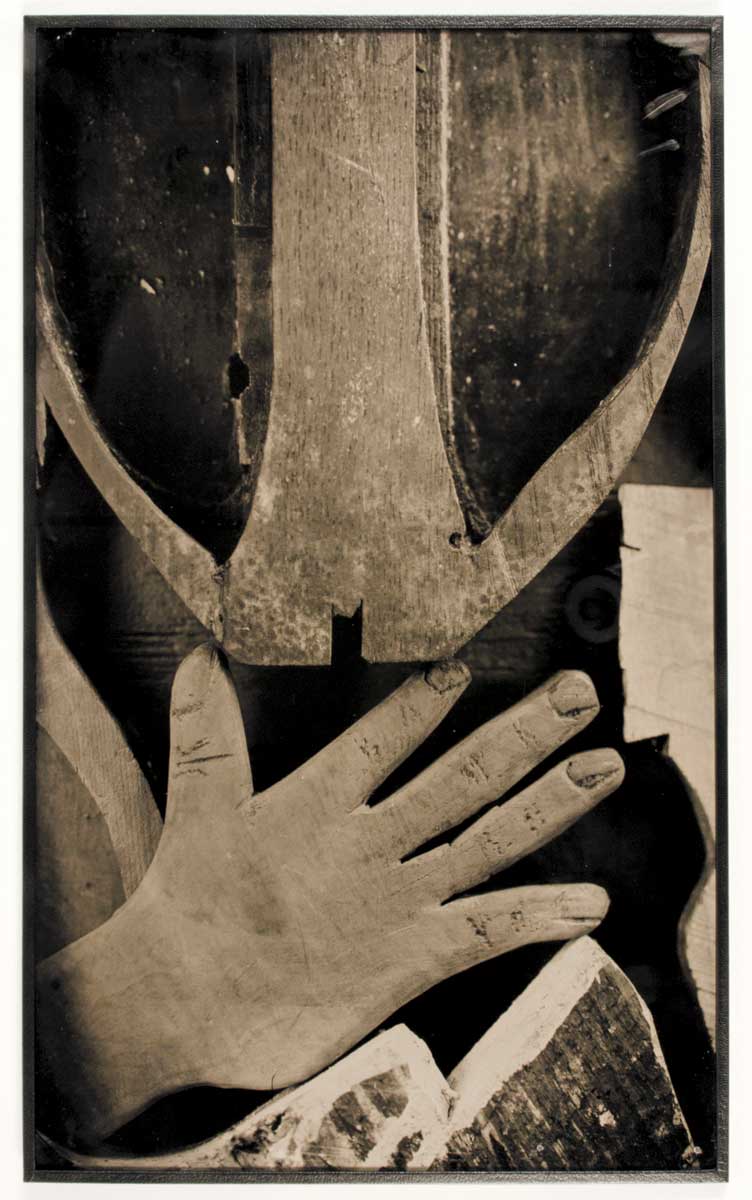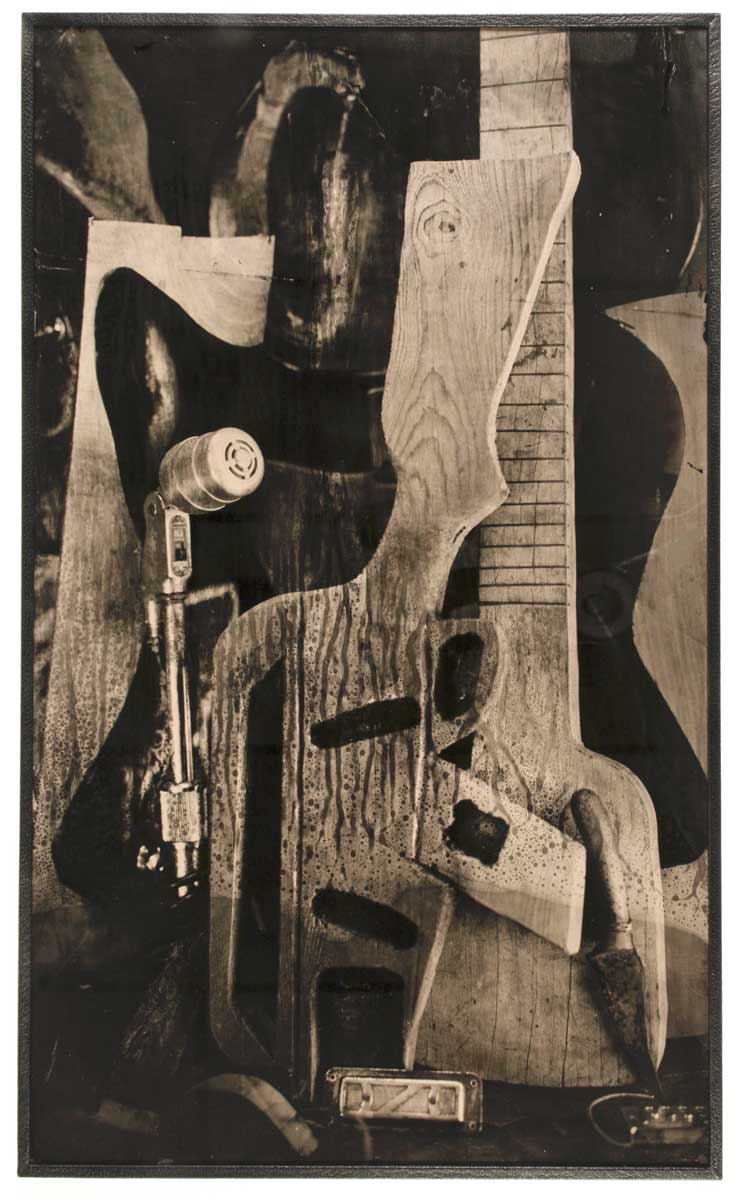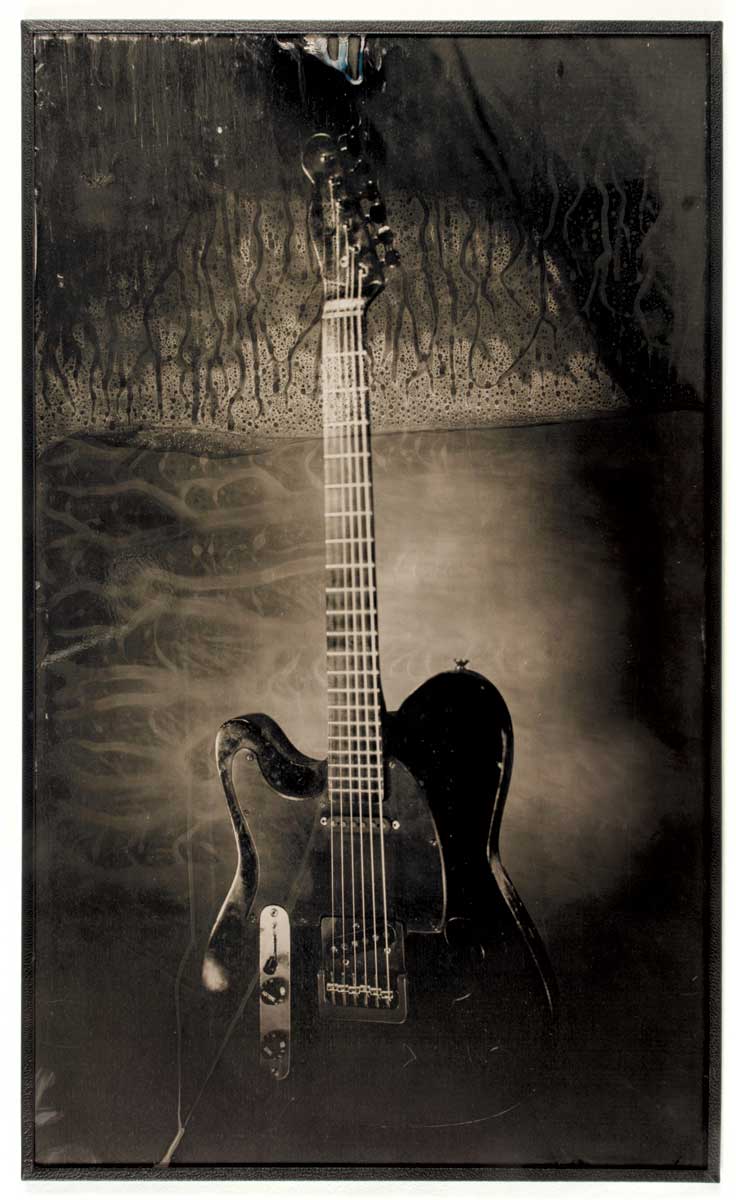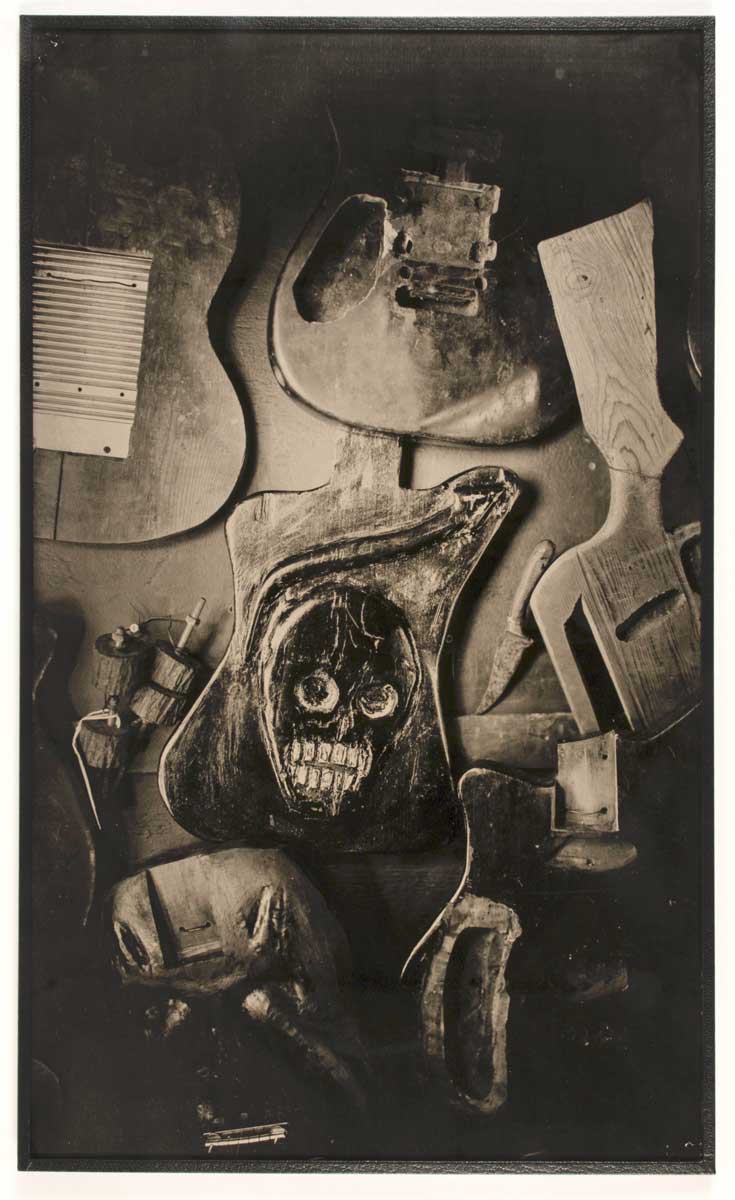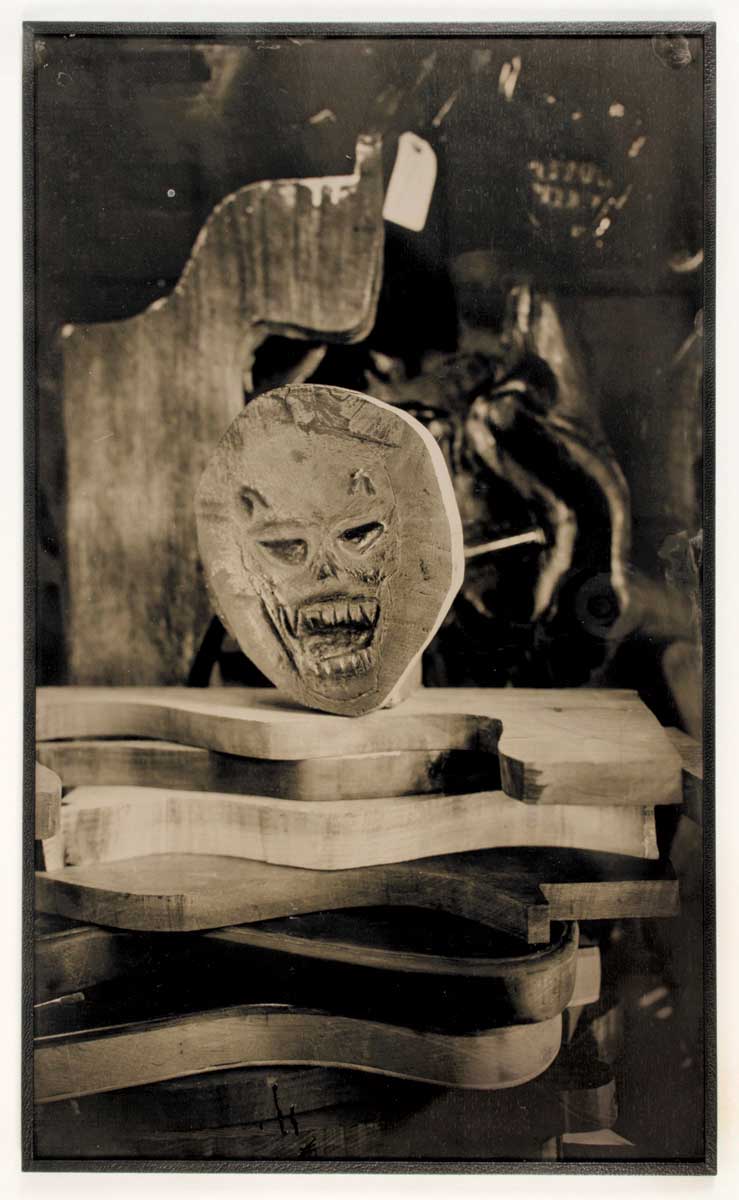A Collaboration of 15 artists
Steven Albahari, Publisher | Travis Becker, Twinrocker Paper | Collier Brown, Editor | Pam Clark, Production | Gov Coleman, Metalsmith Amanda Degener, Cave Paper | Timothy Duffy, Tintypes | Peter Geraty, Boxes/Binding | Silas Kopf, Marquetry | Art Larson, Printing | Rachael Paolino, Metalsmith John Patriquin, Cabinet | Zoe van Buren, Writer | Freeman Vines, Luthier and Crissy Welzen, Typography
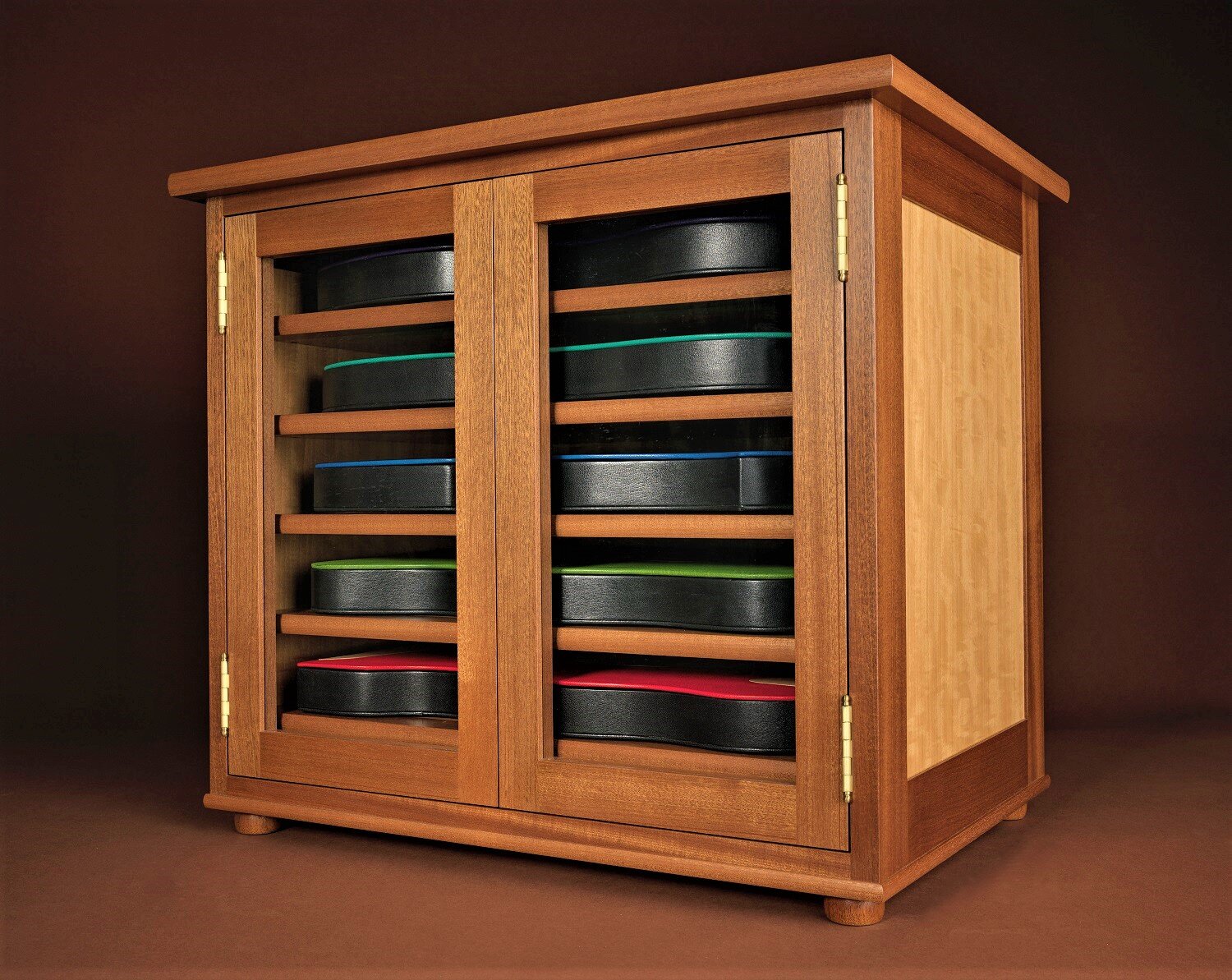
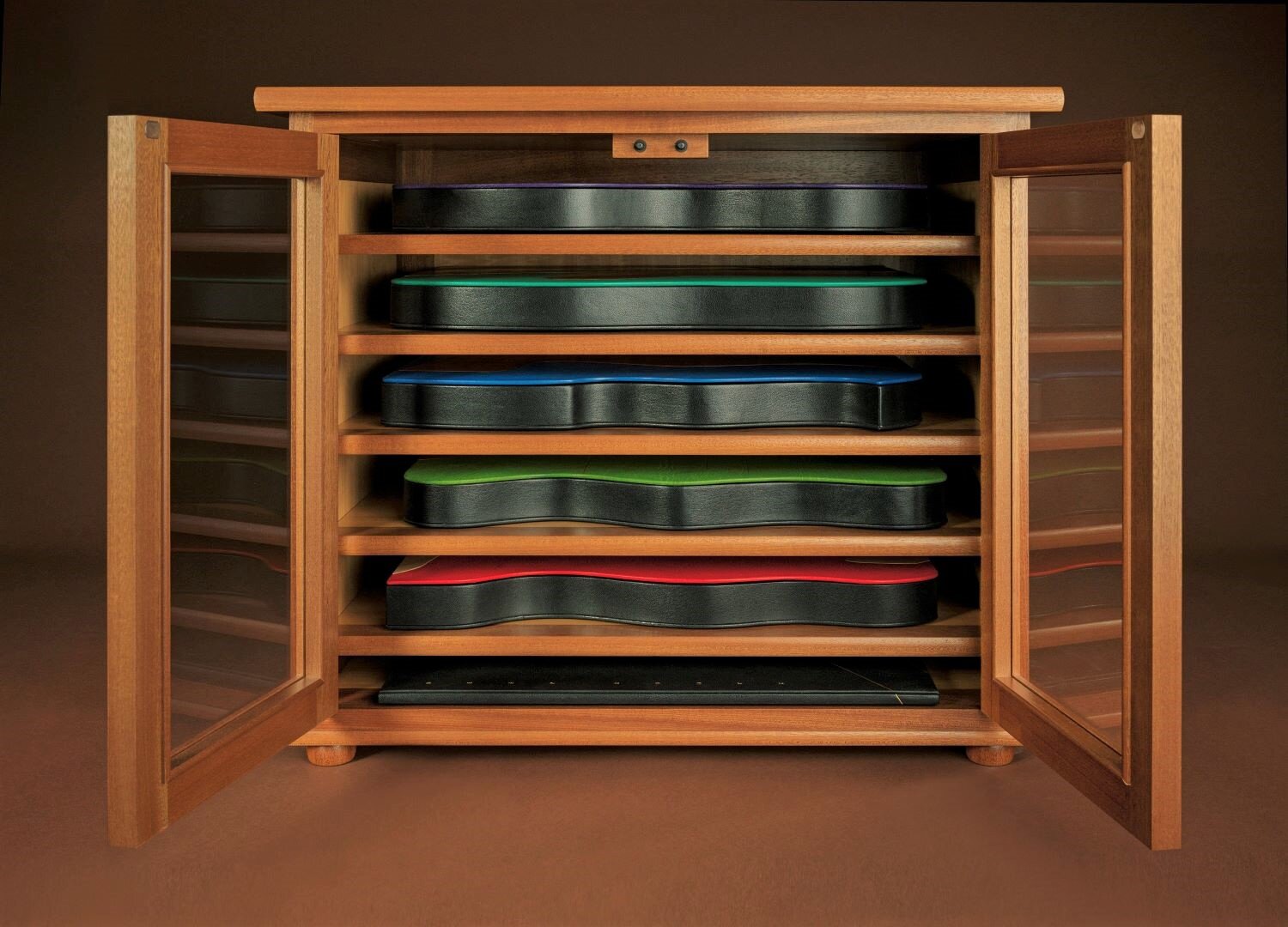

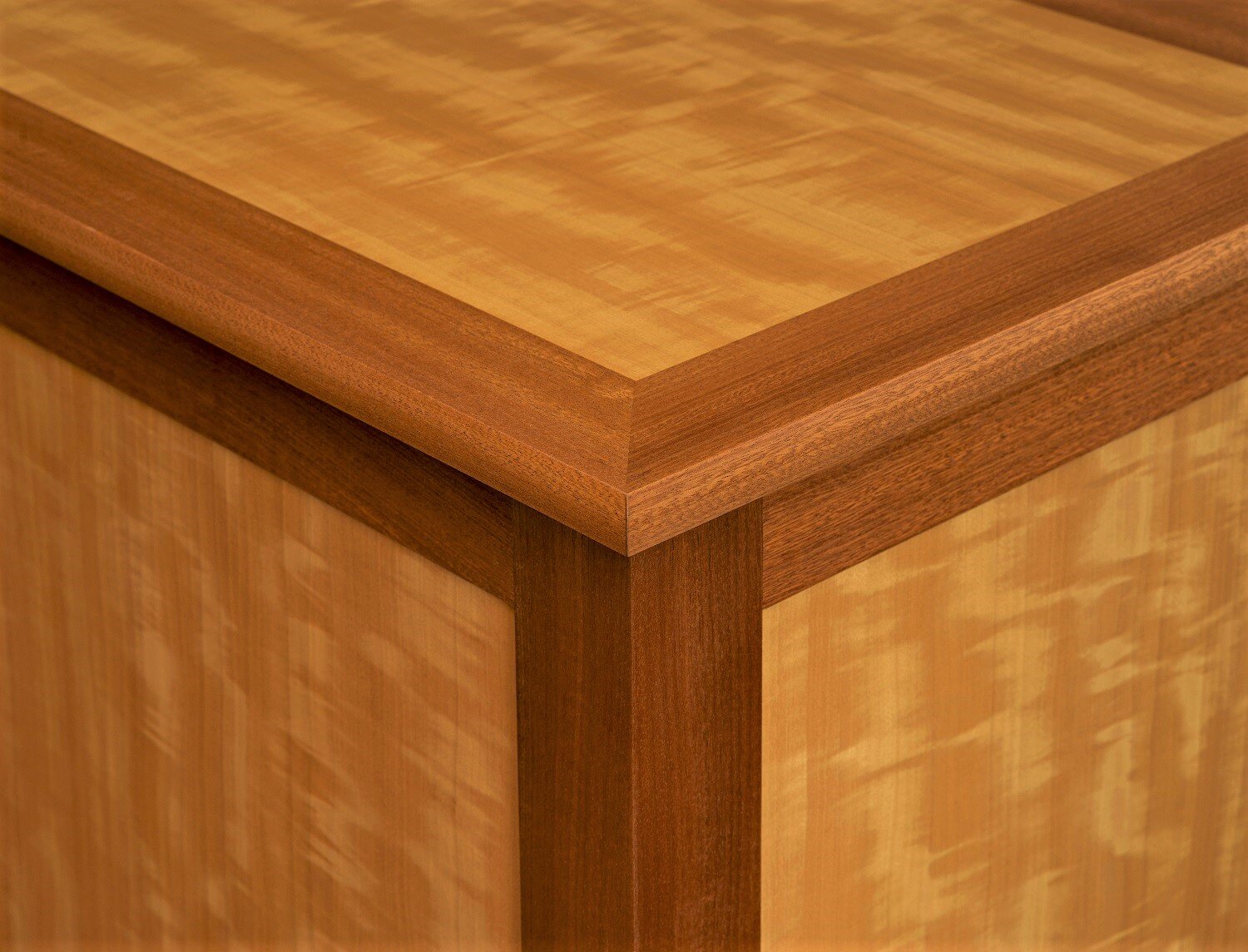

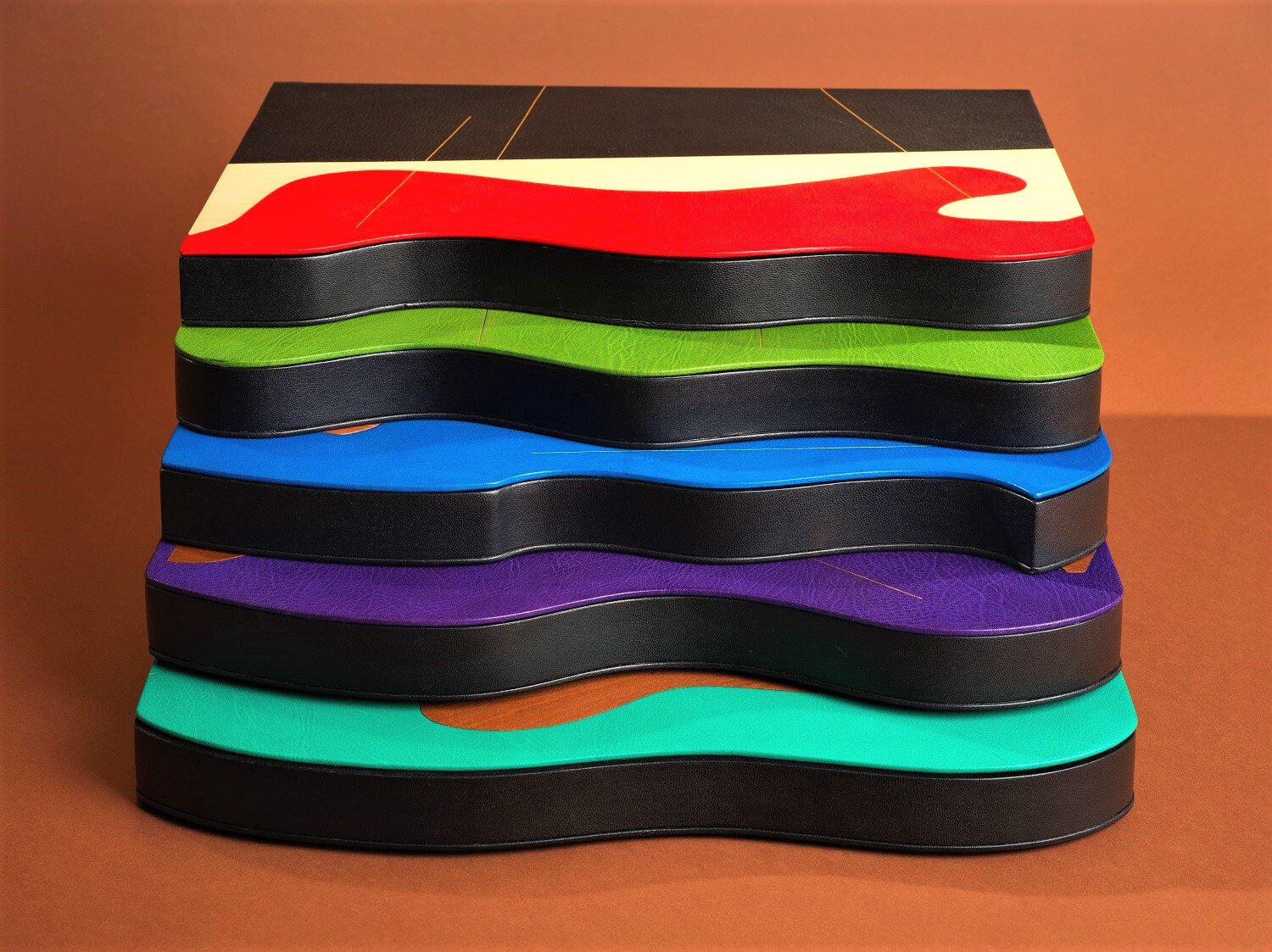
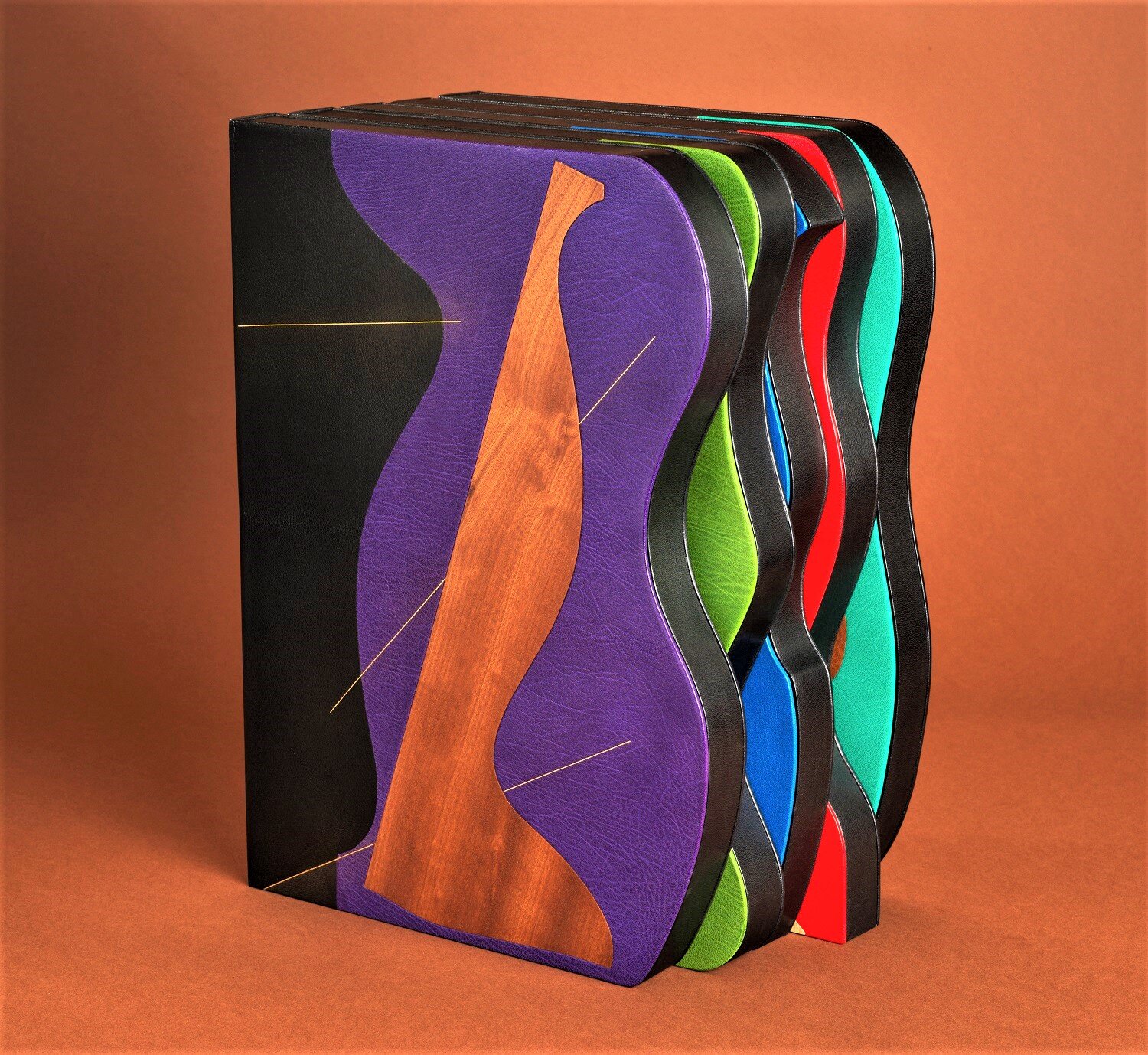
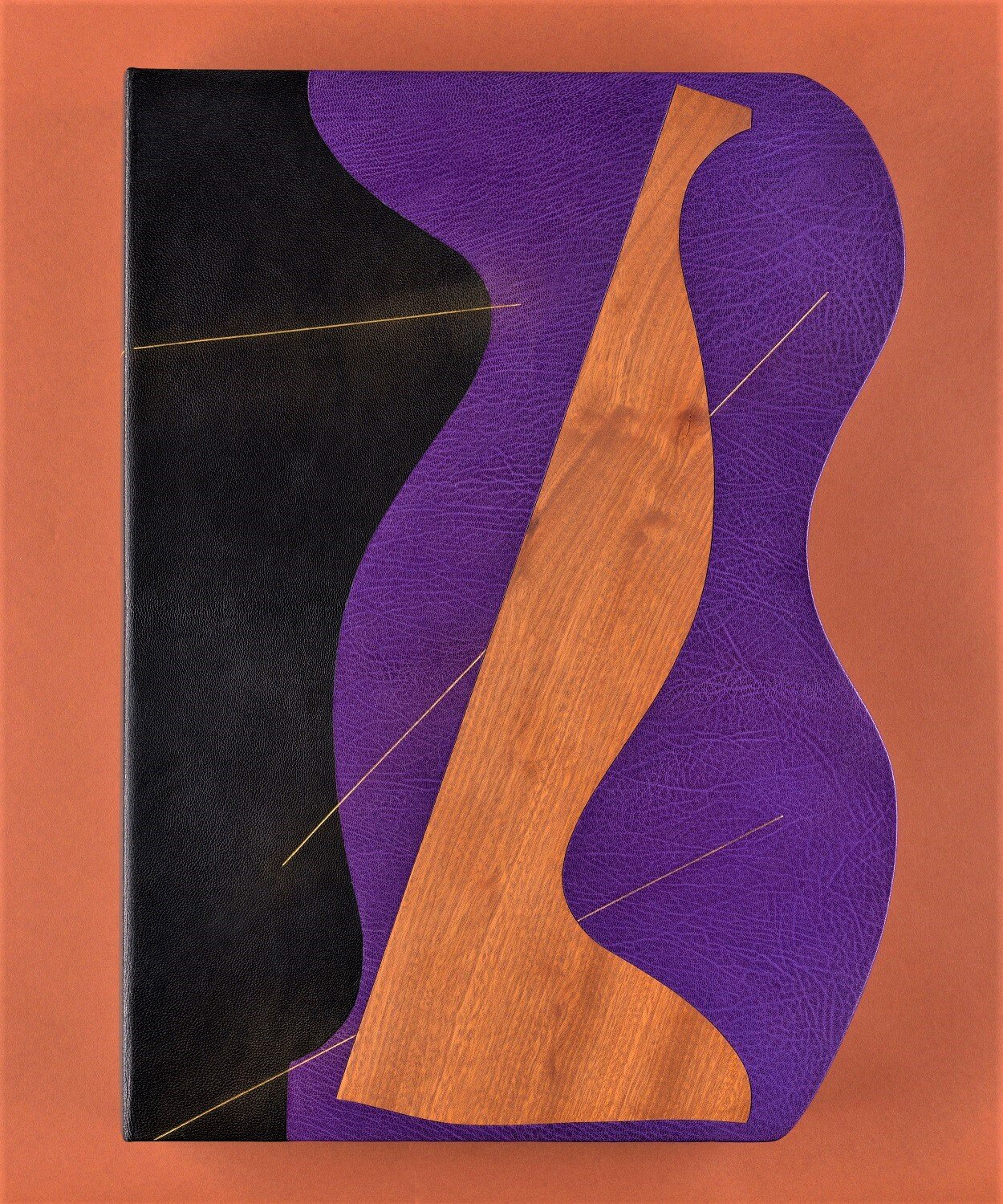
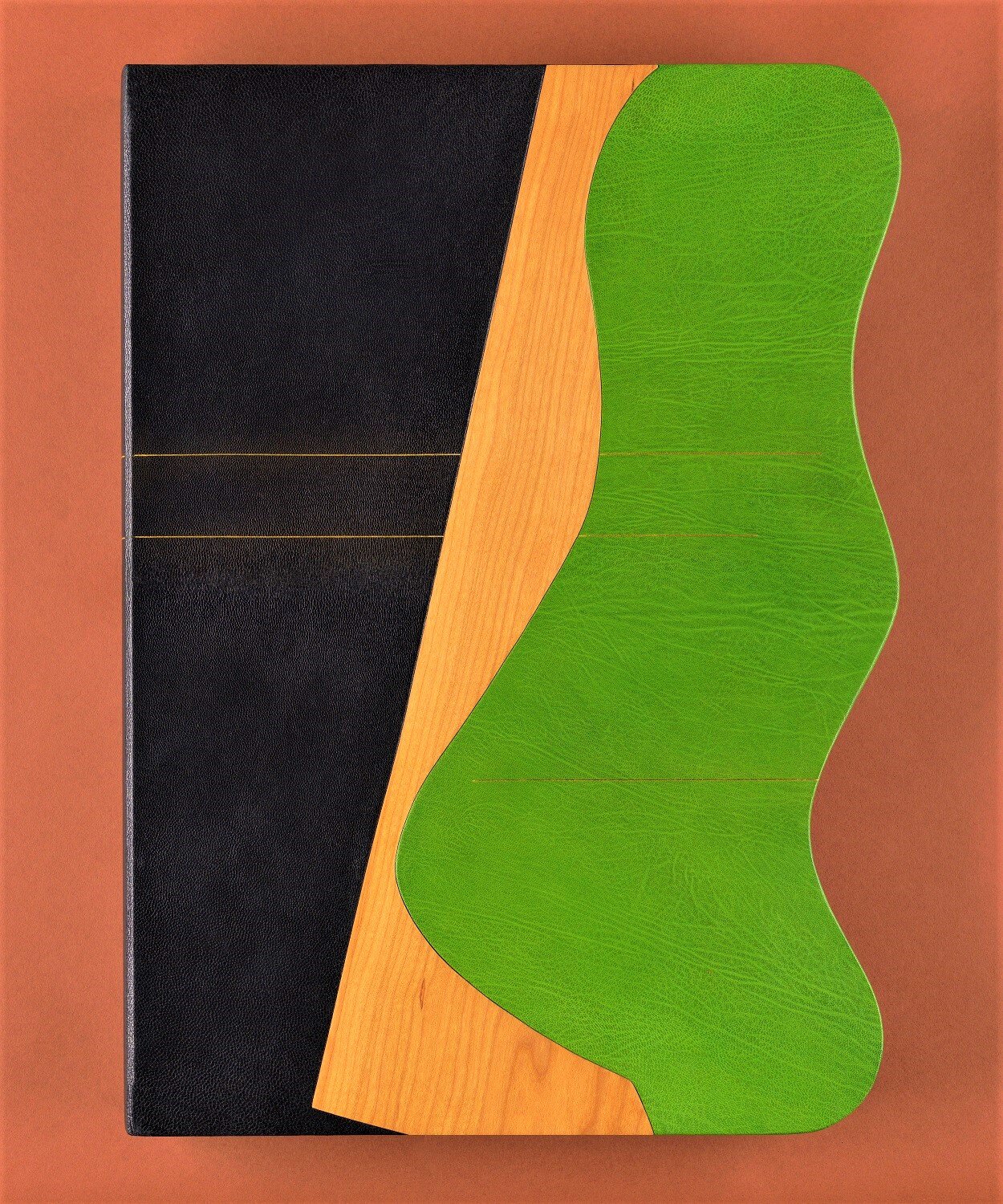
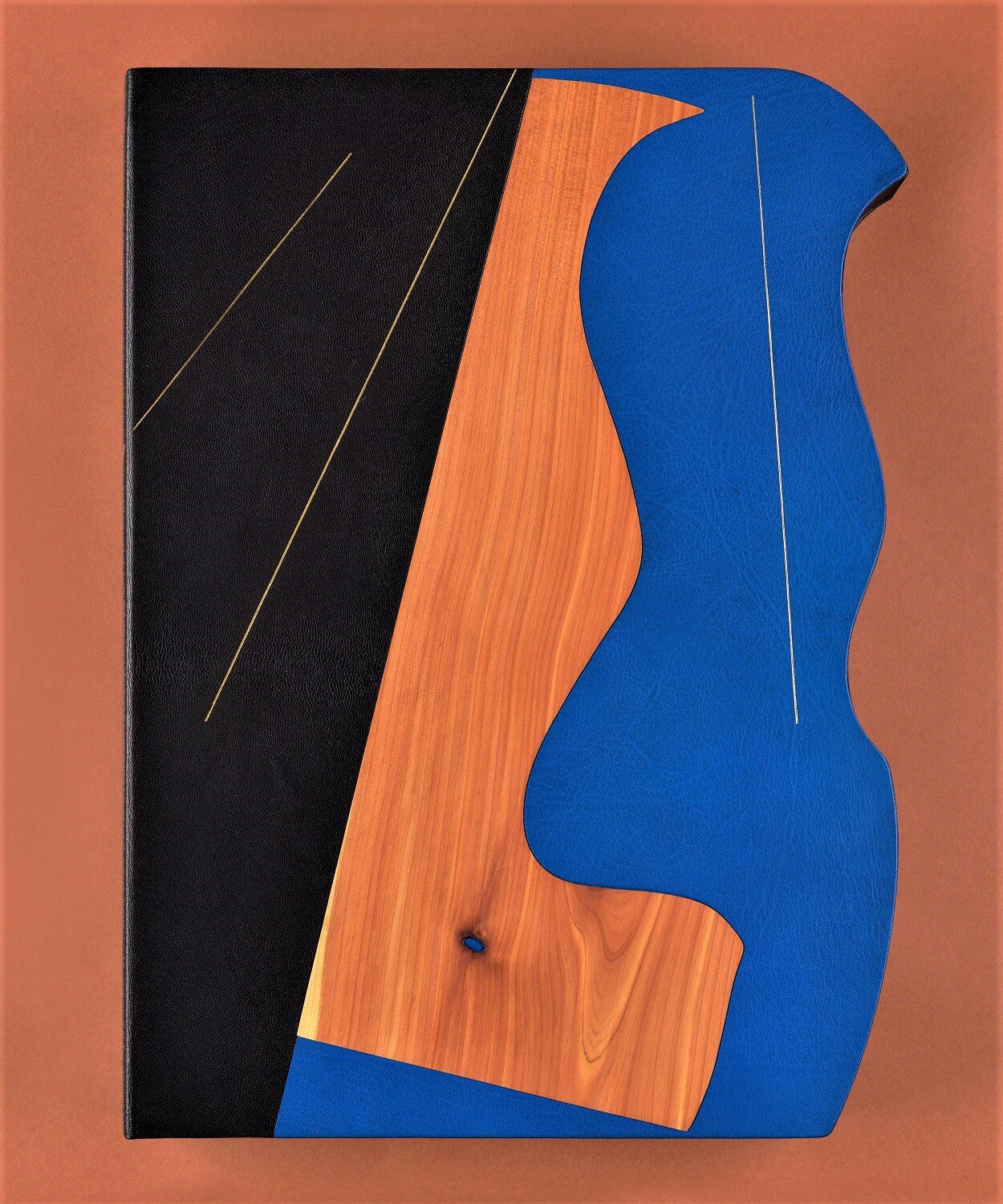
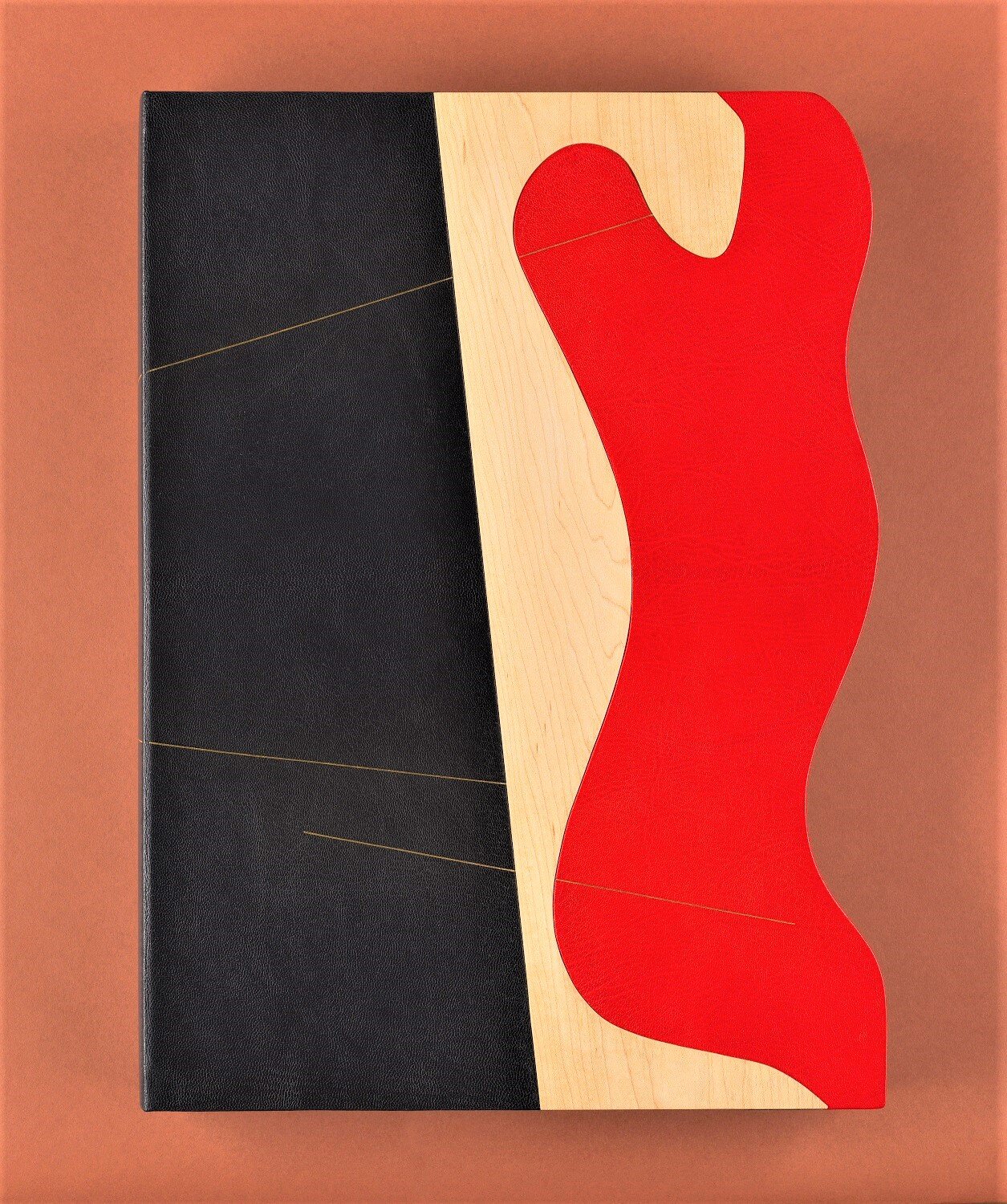
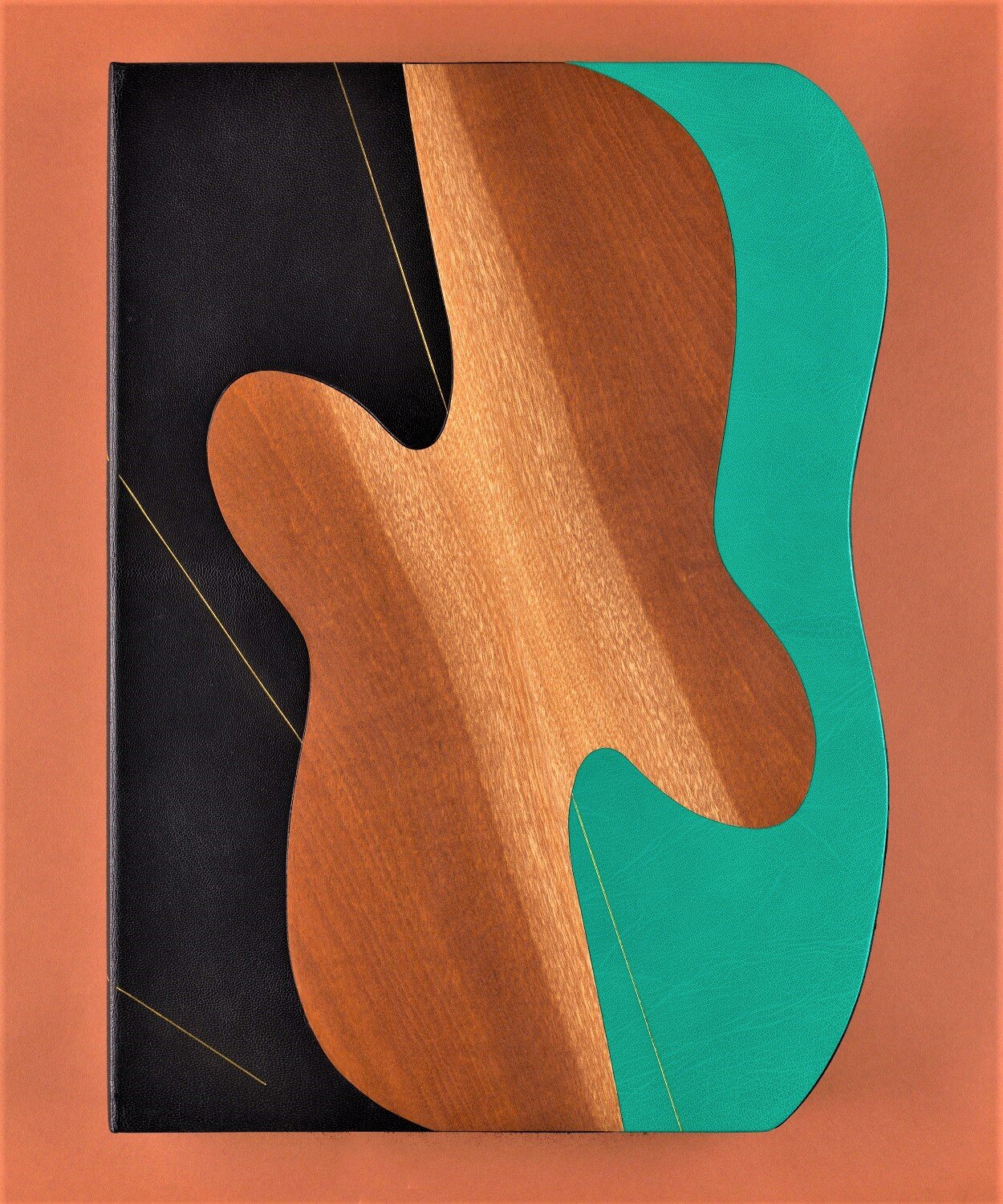
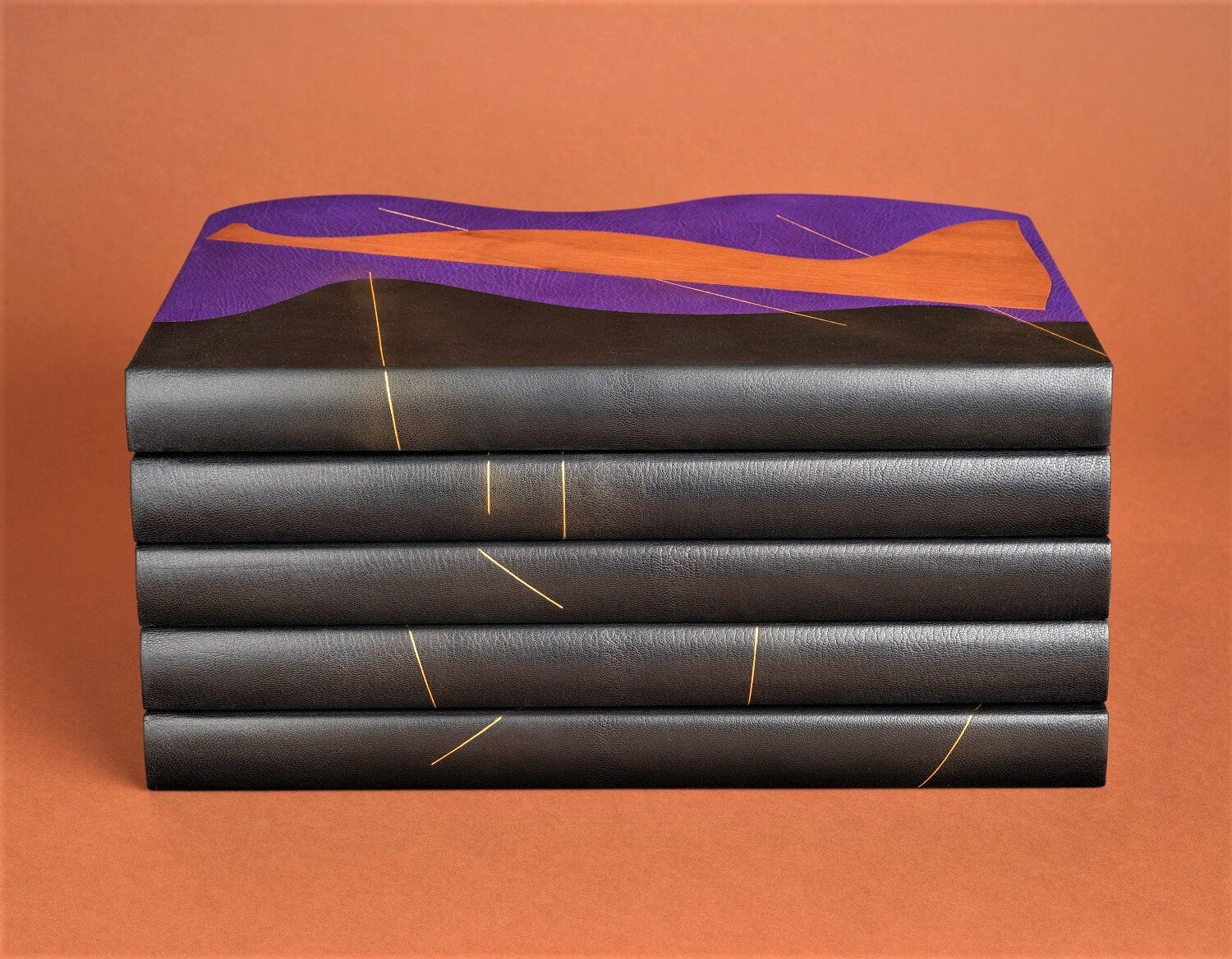
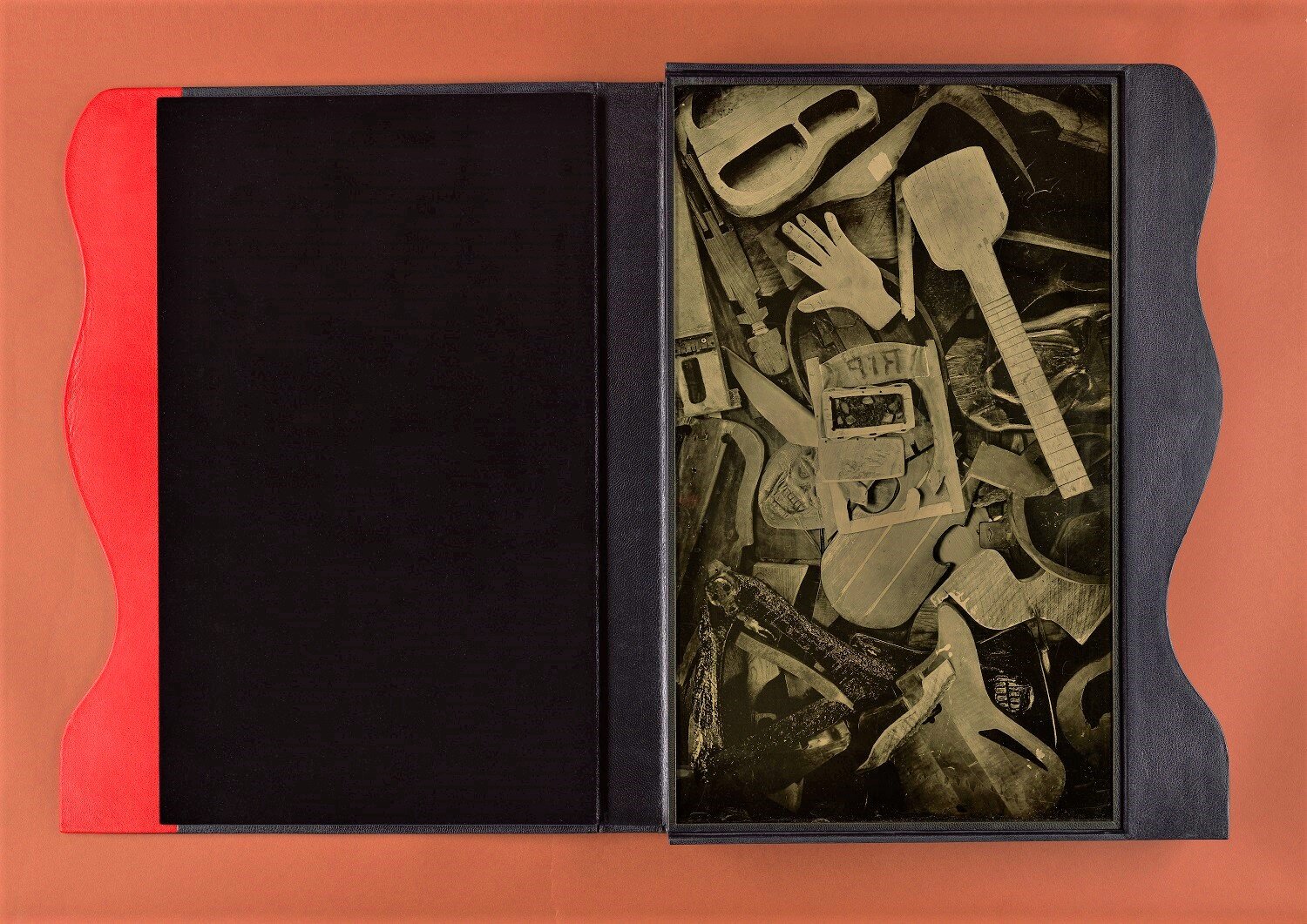
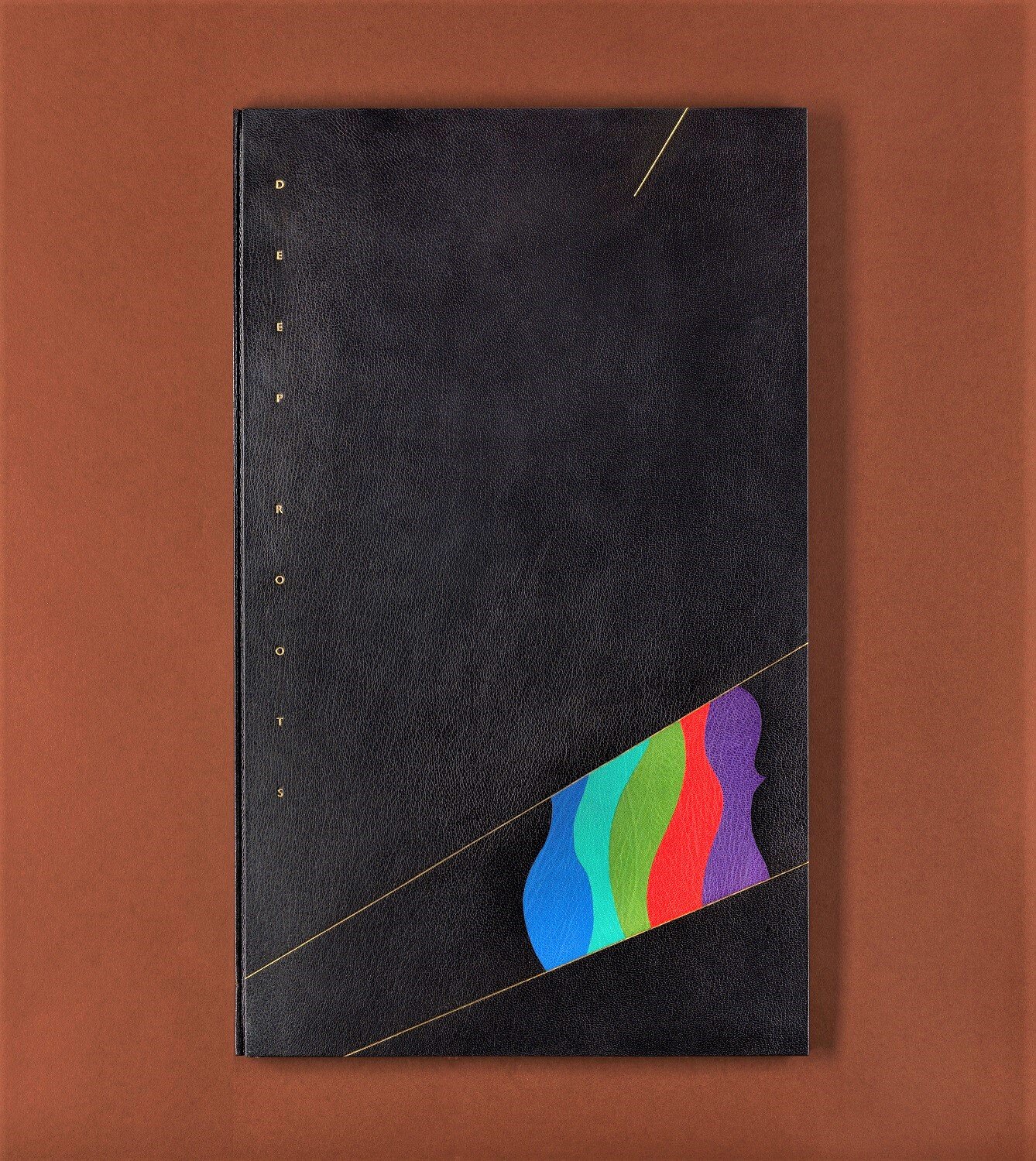


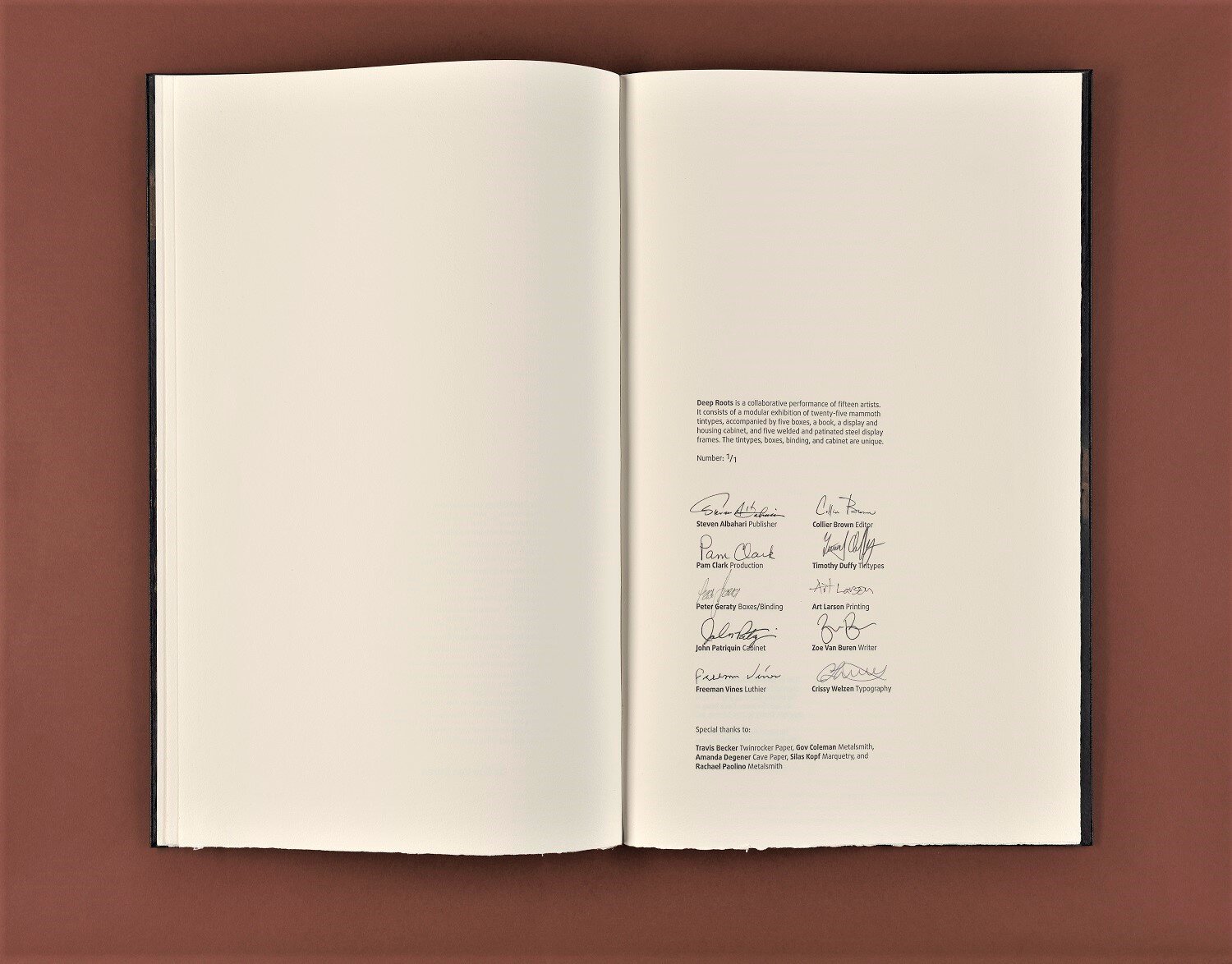
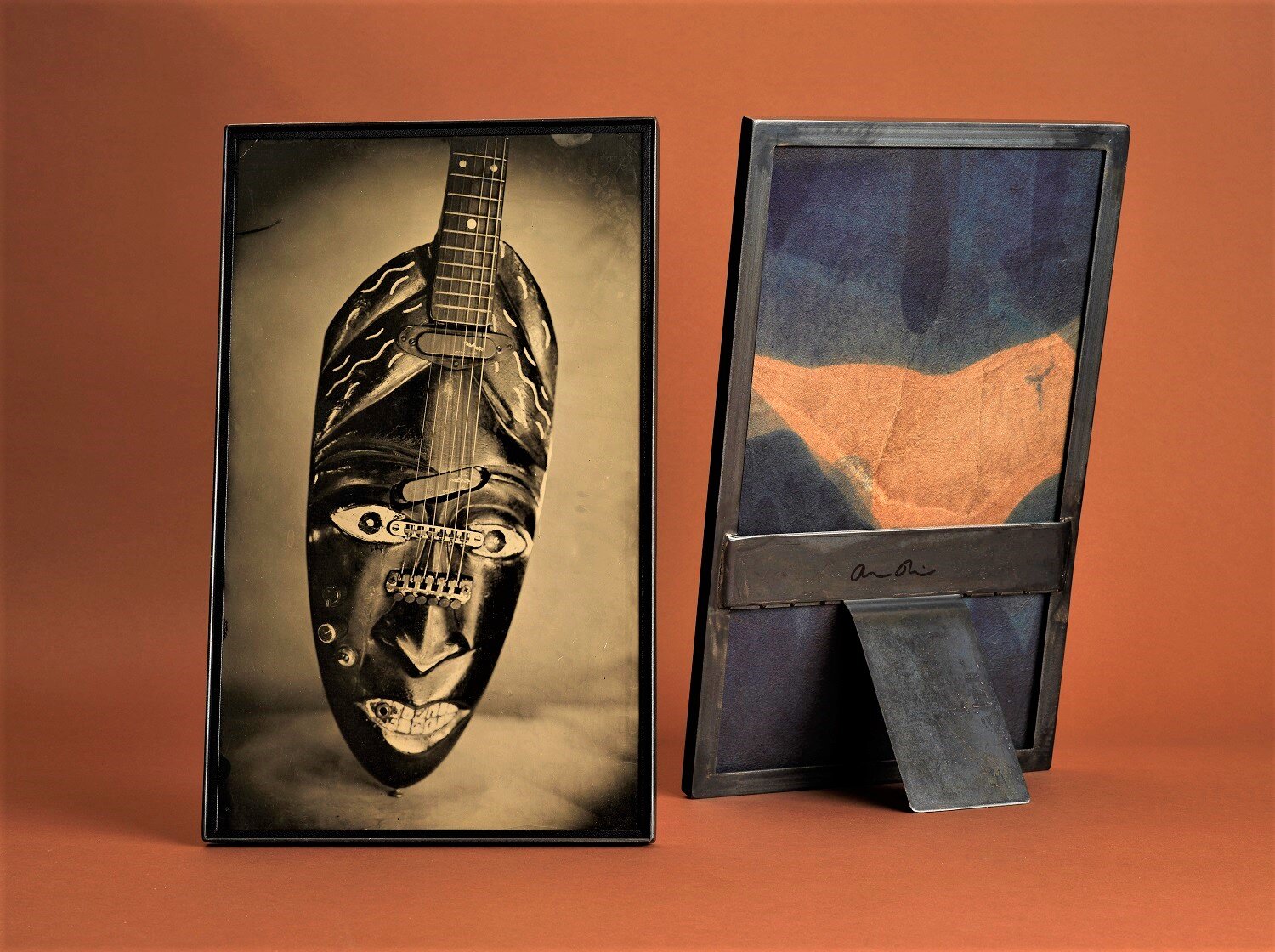
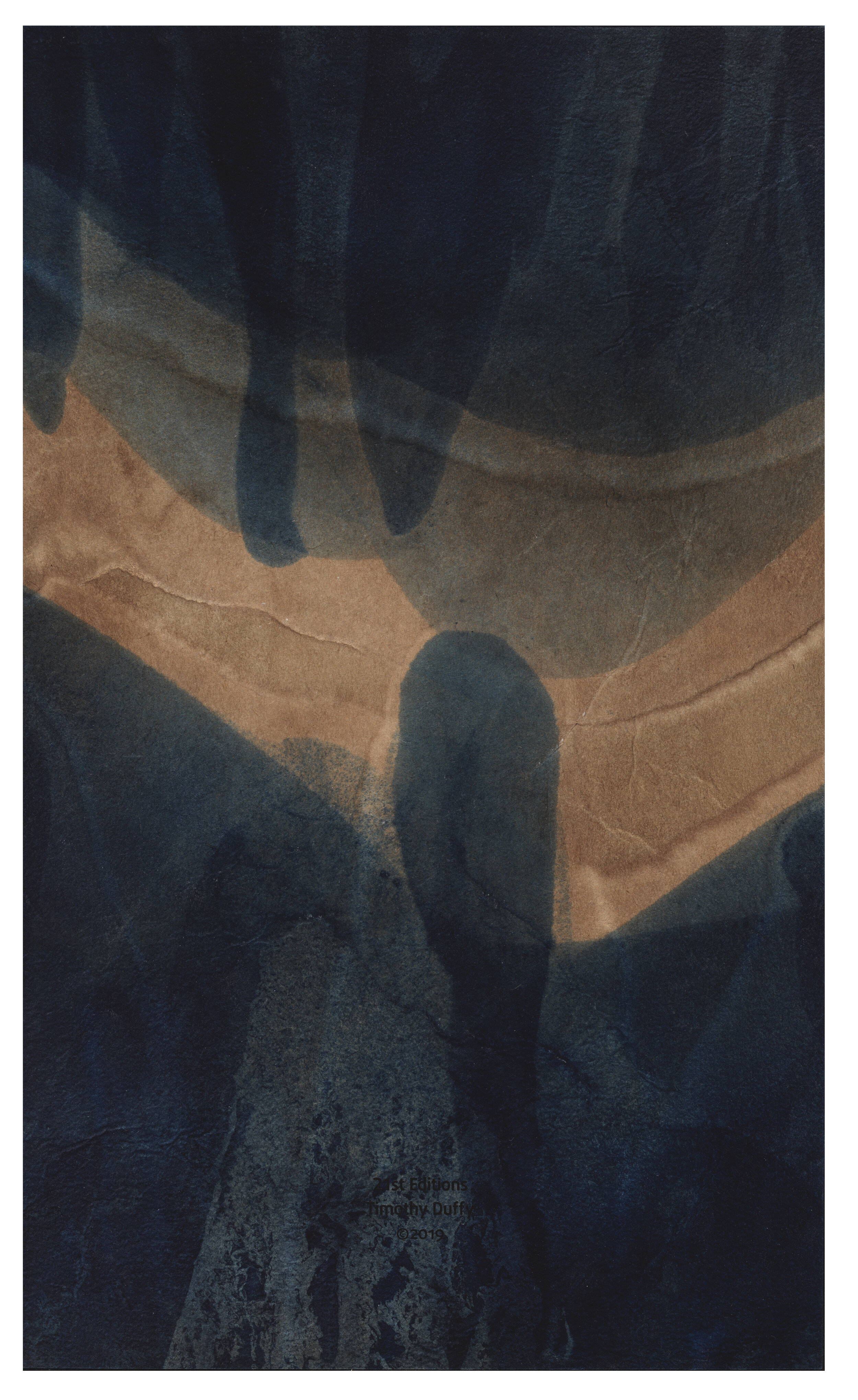
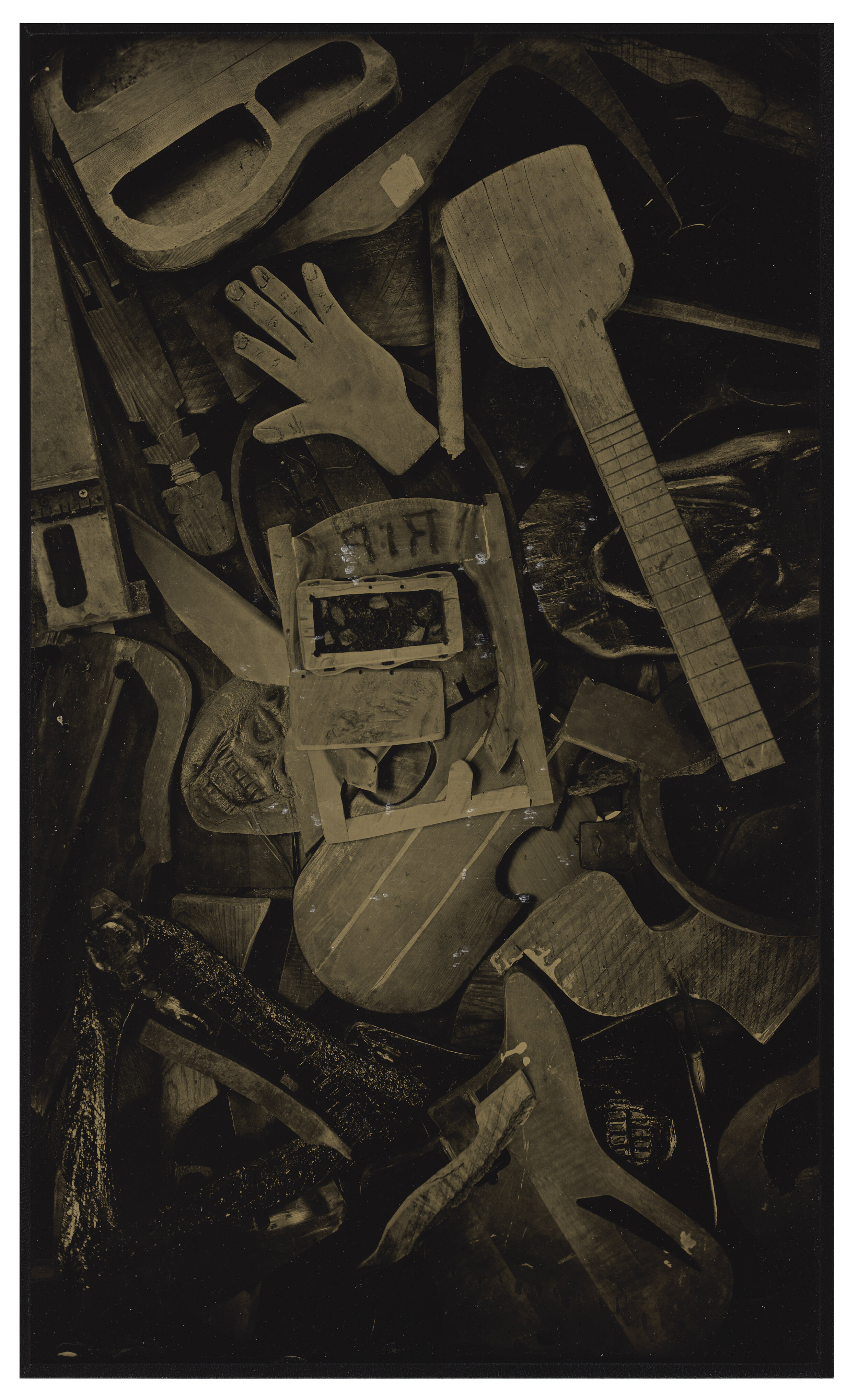
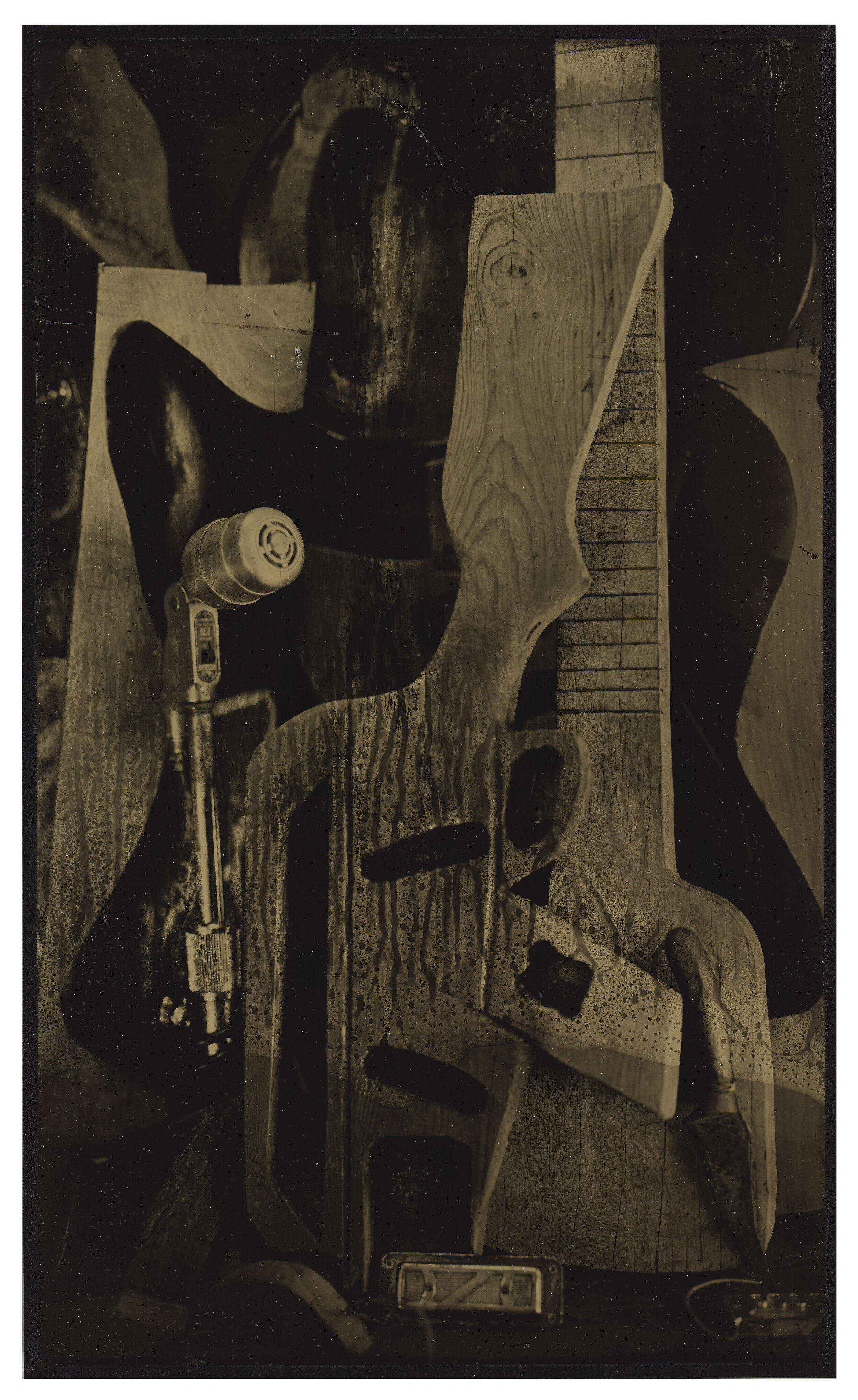
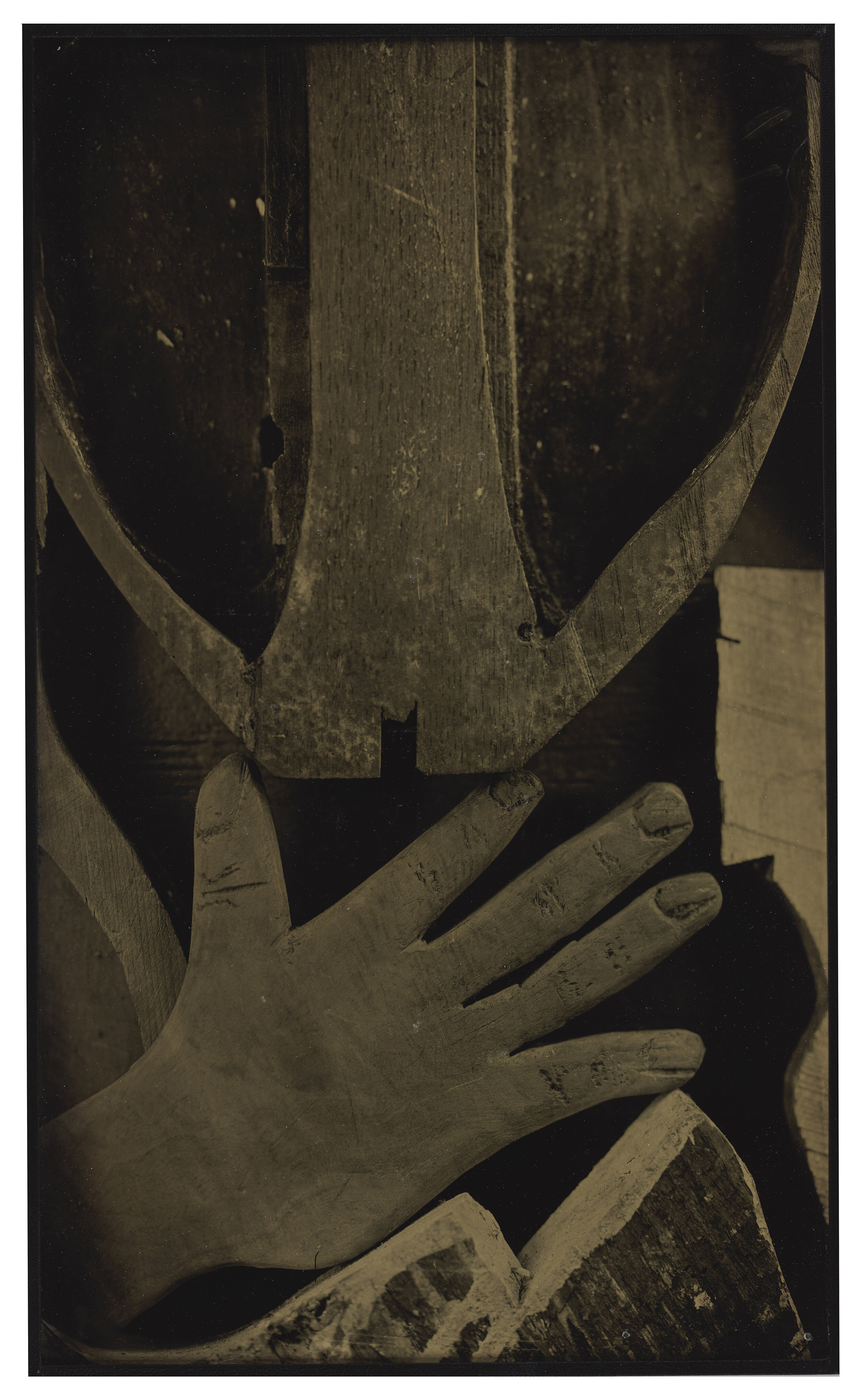

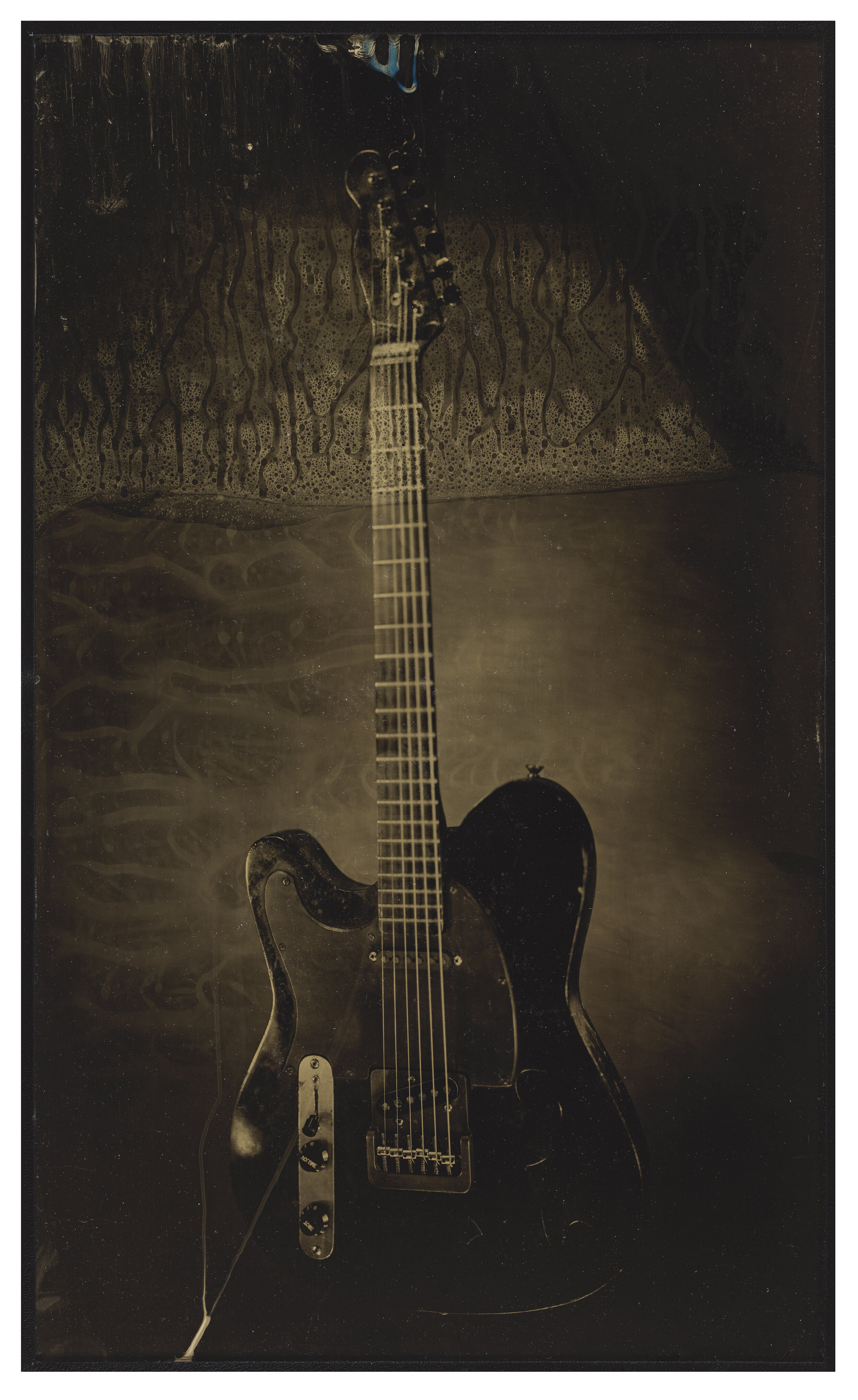
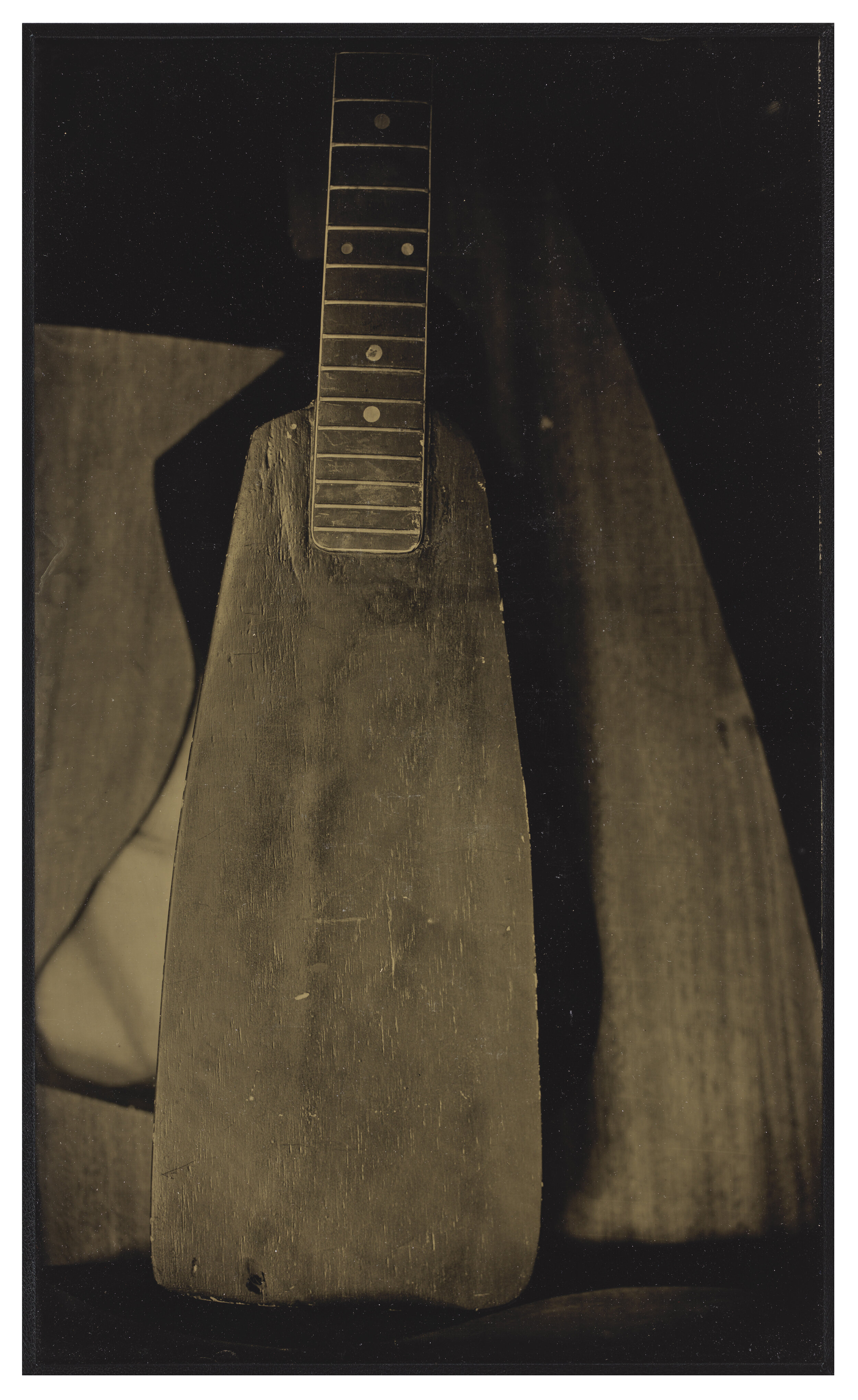
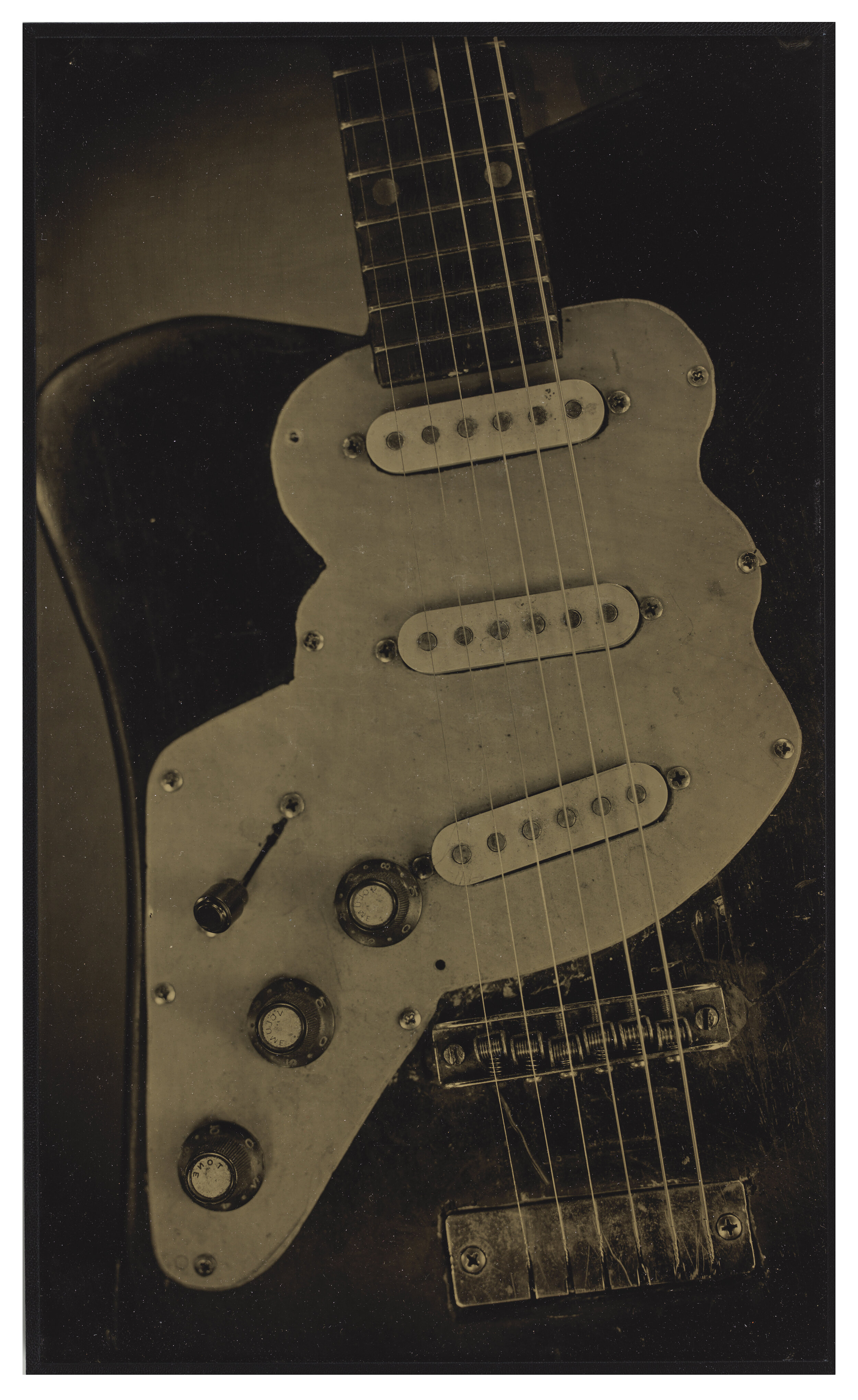
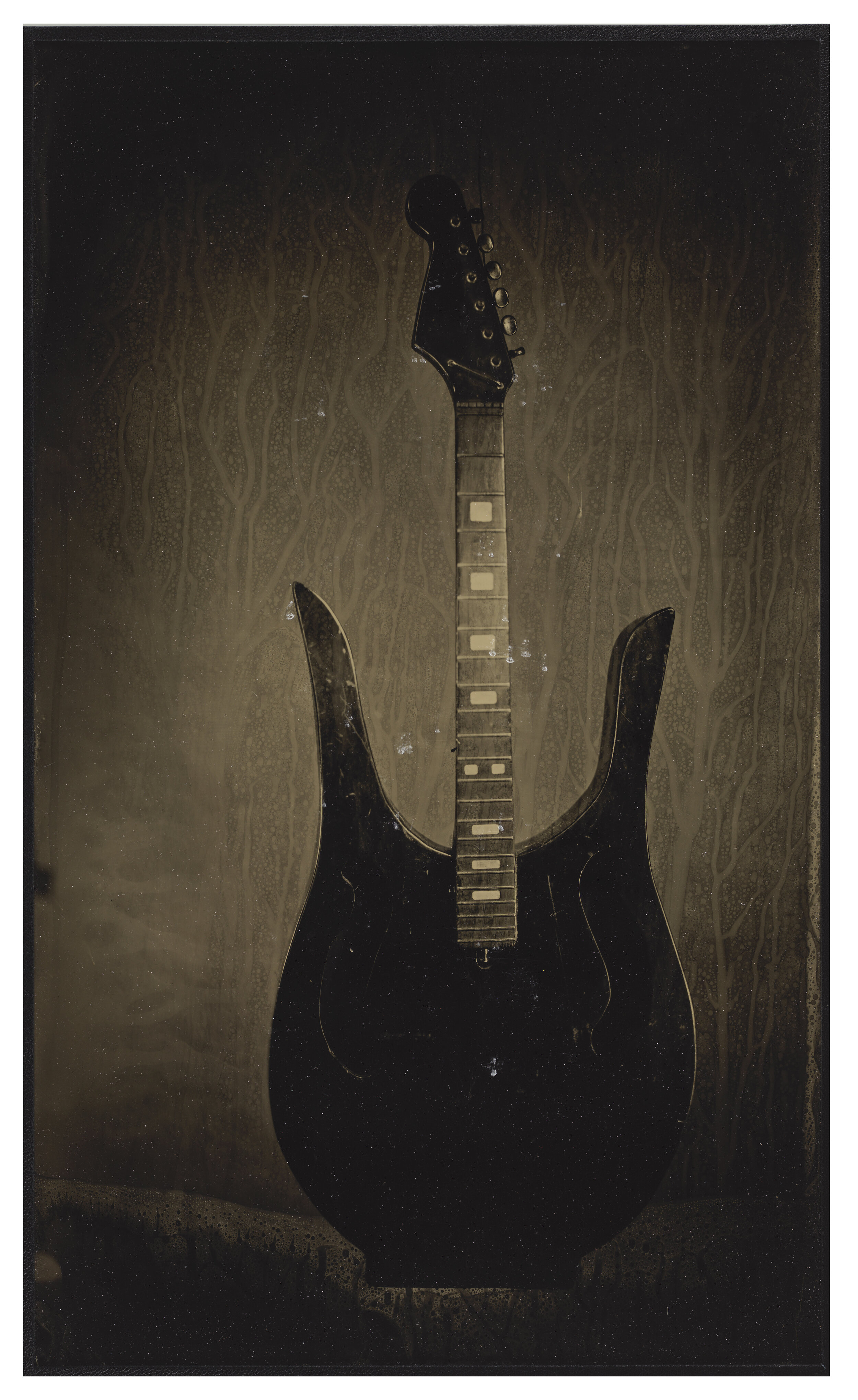

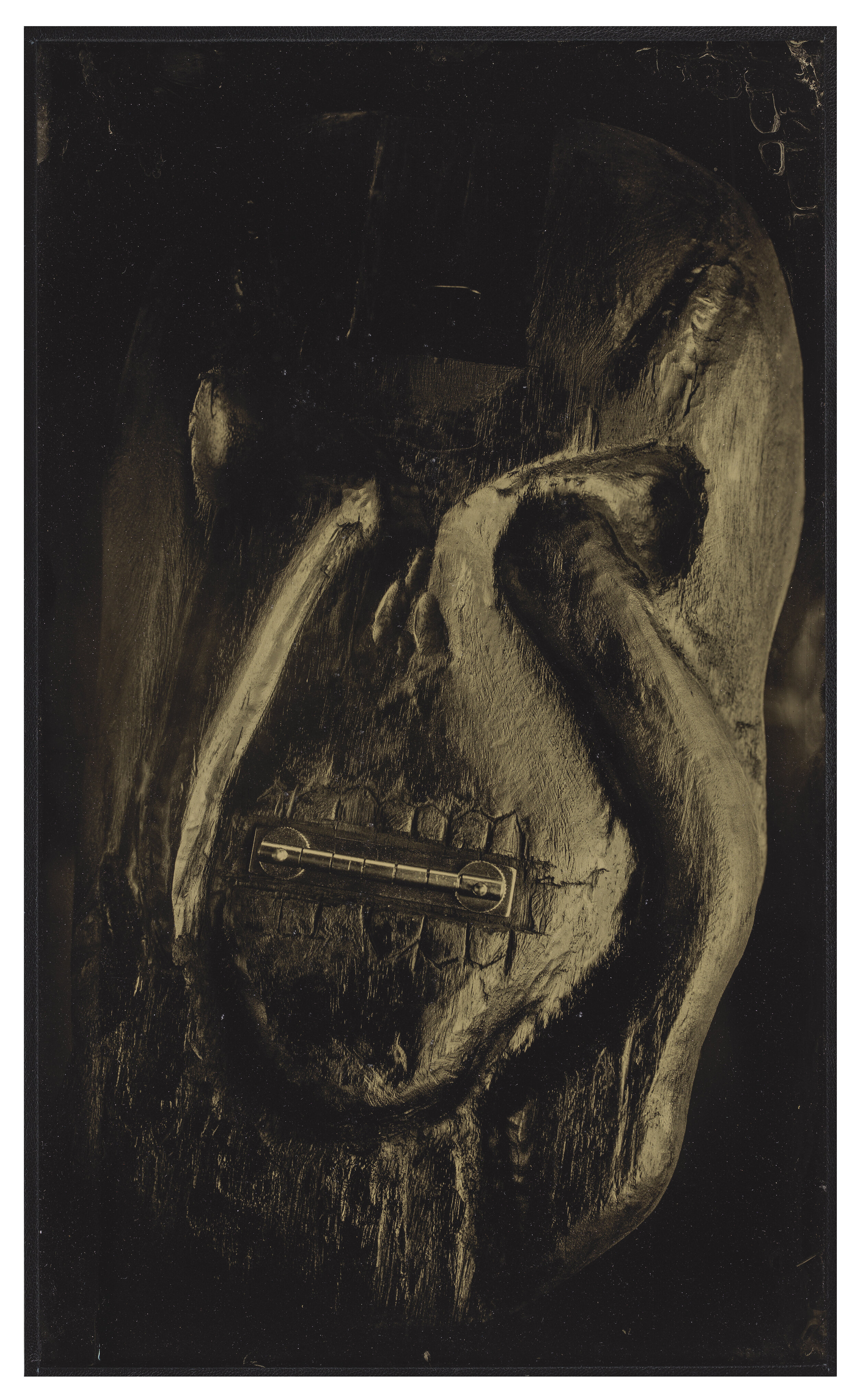
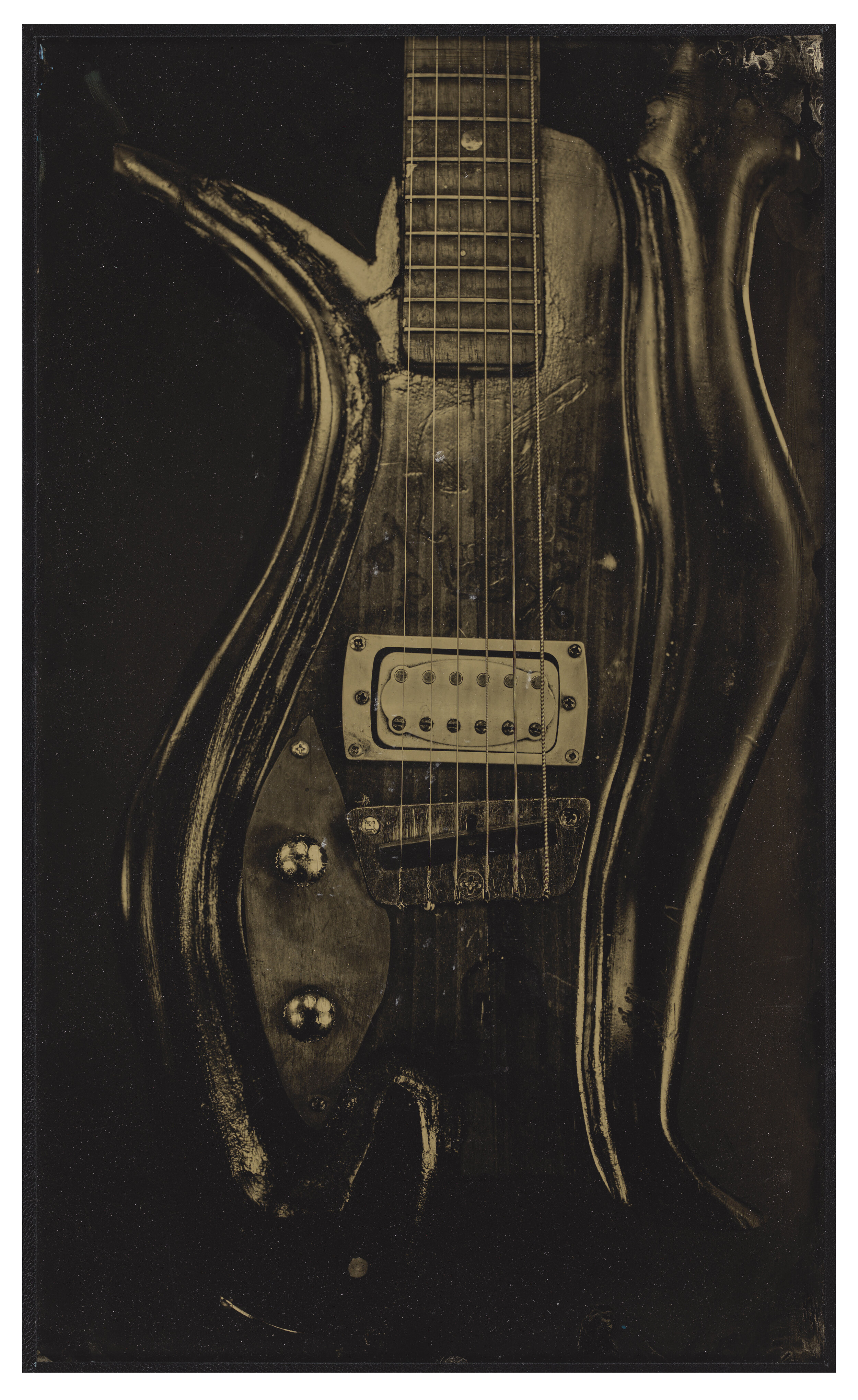
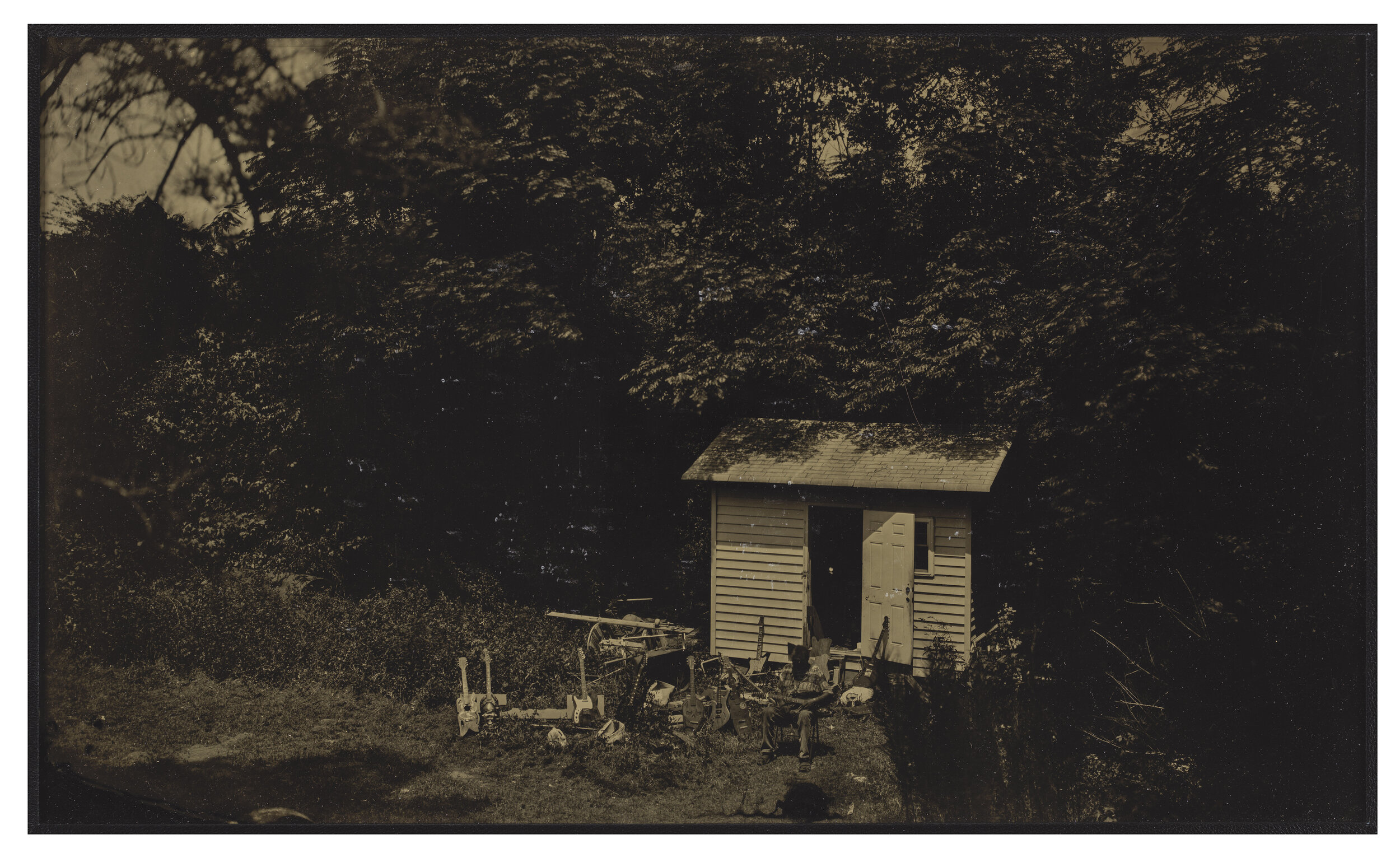
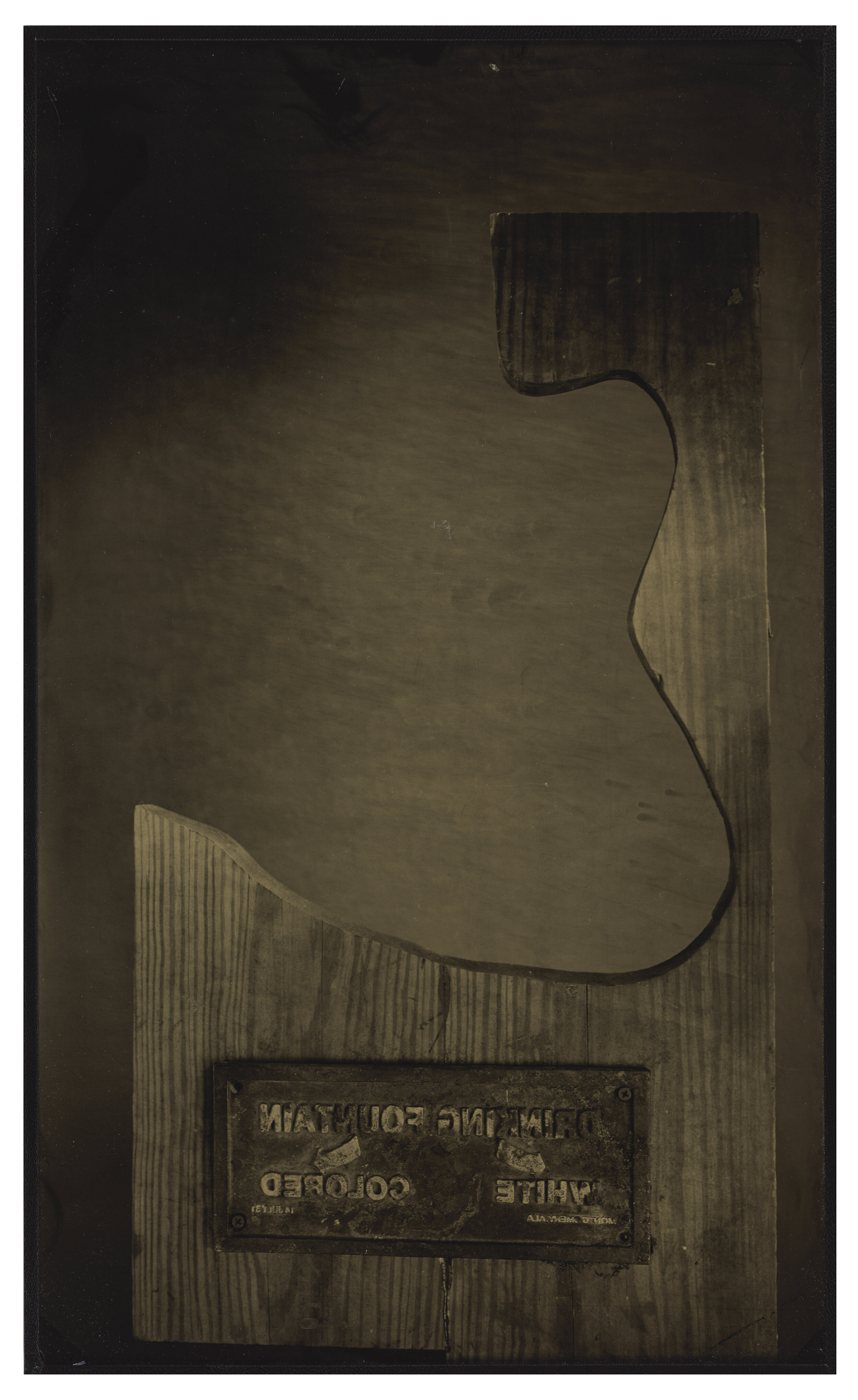
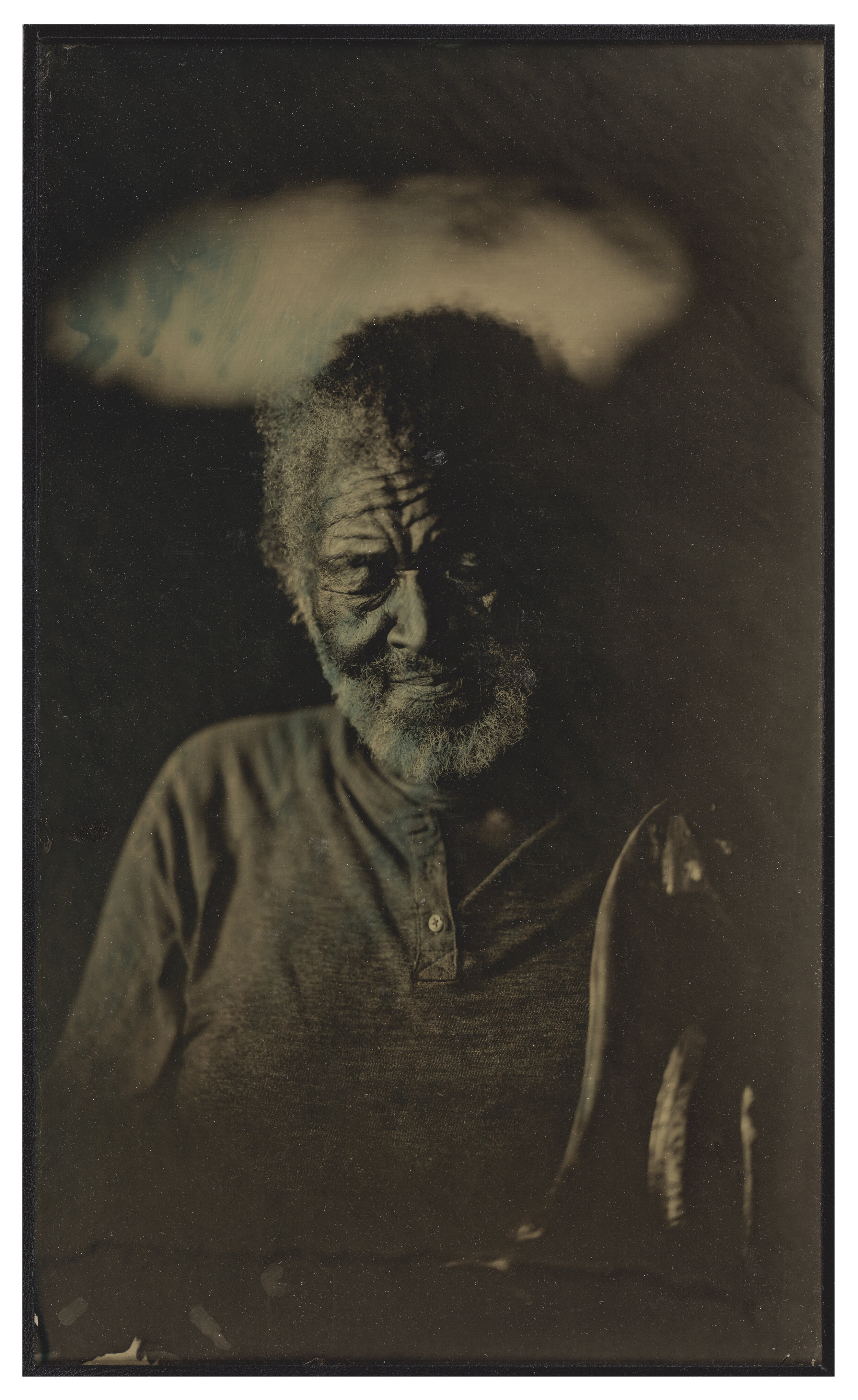
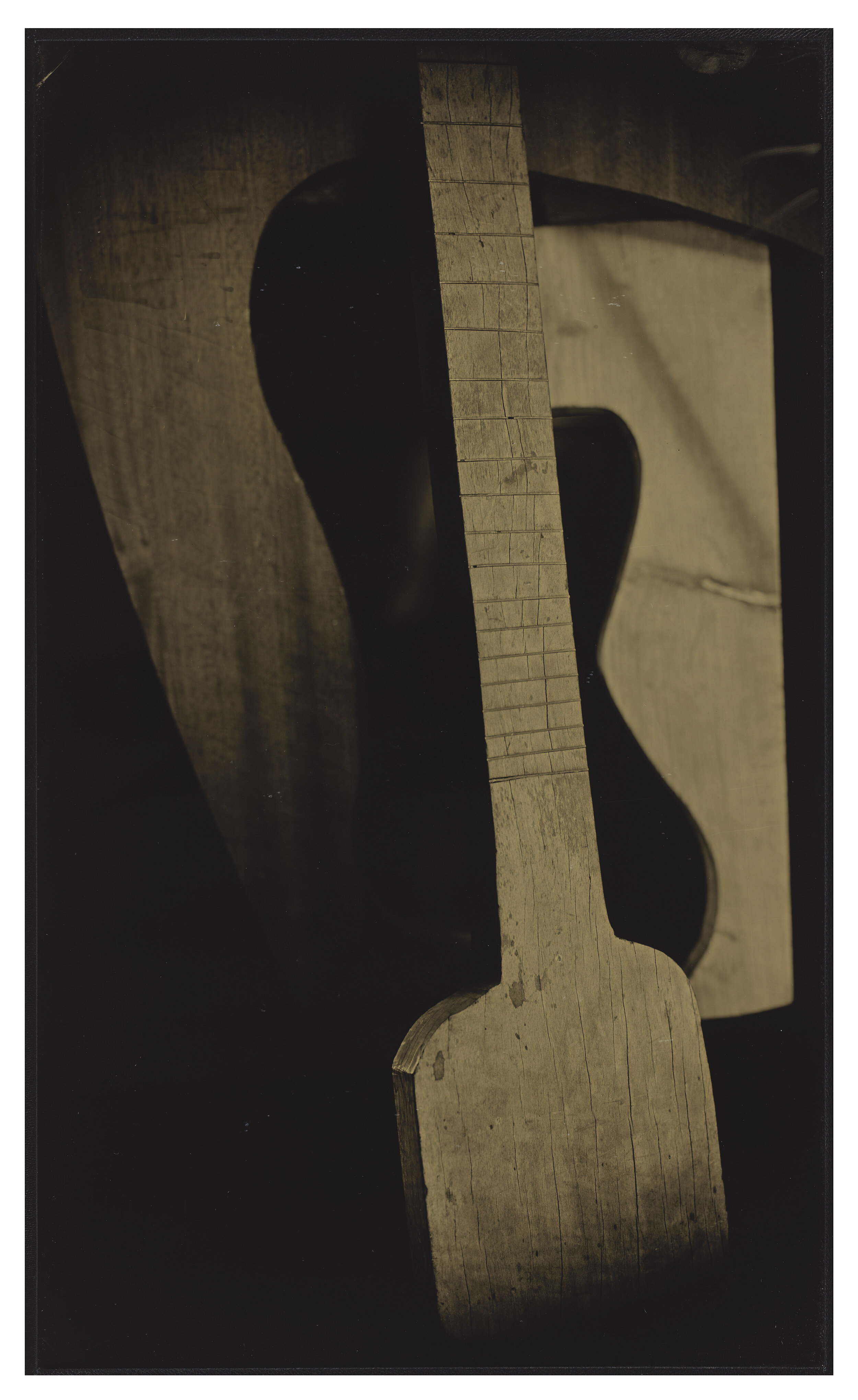
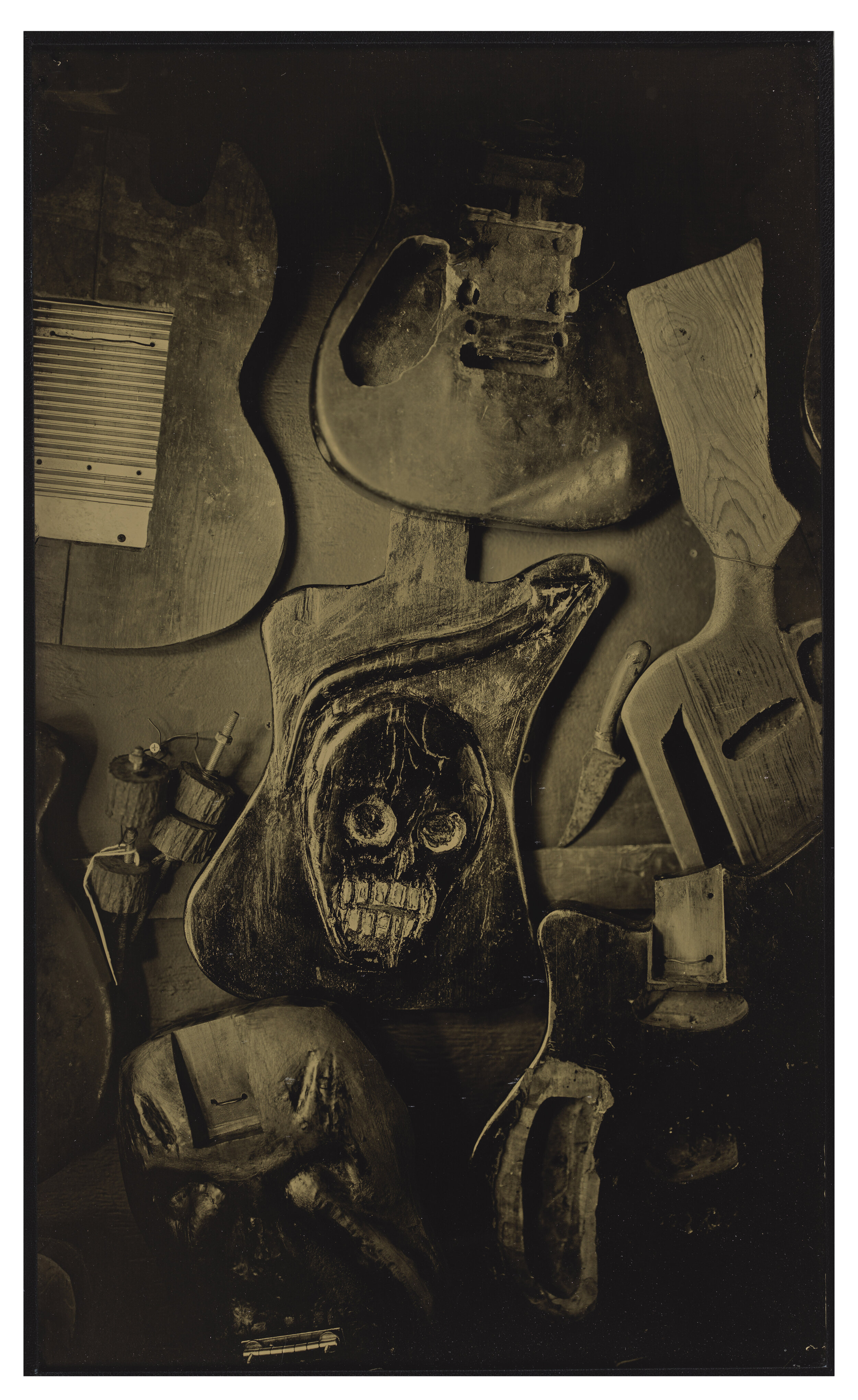
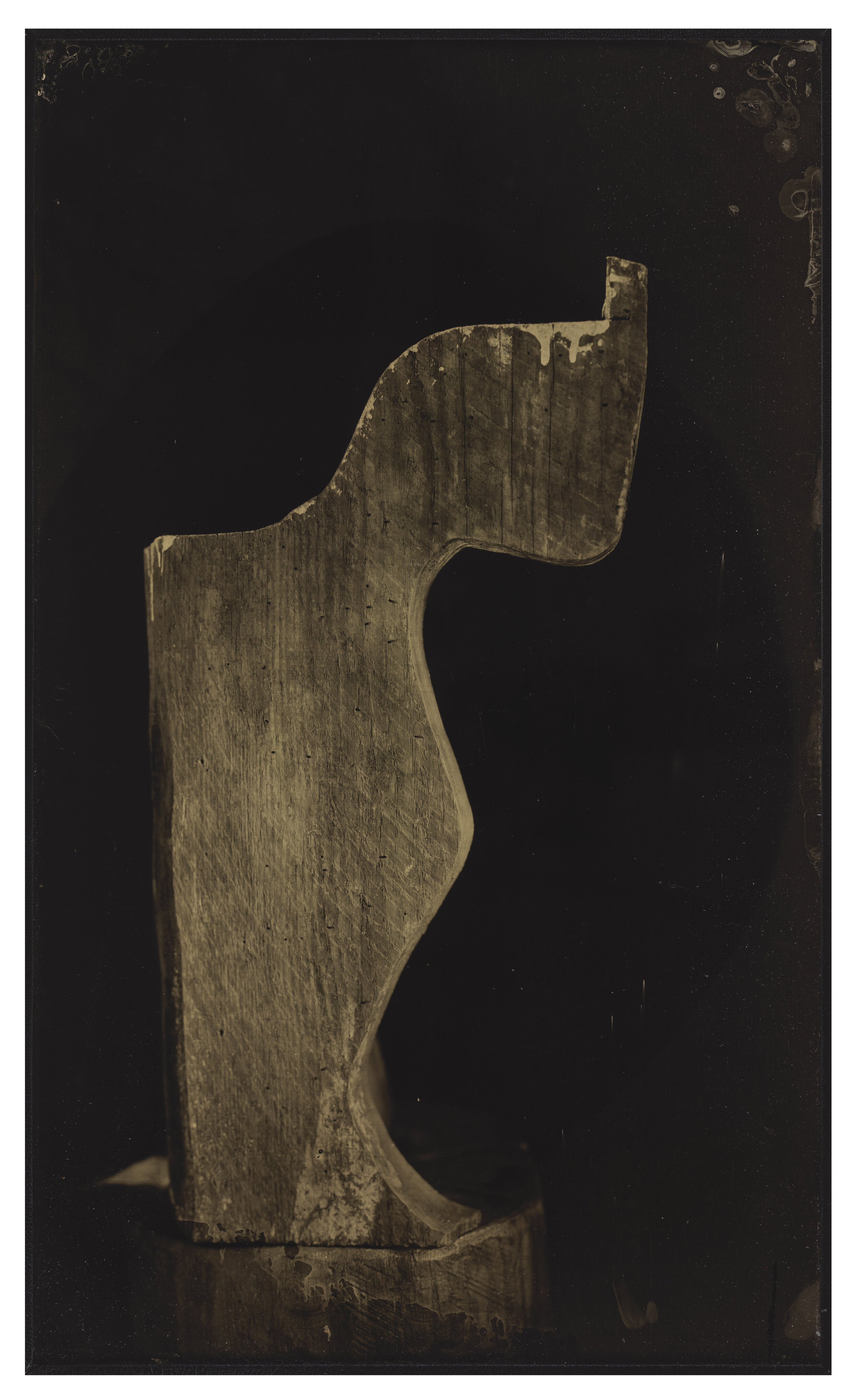
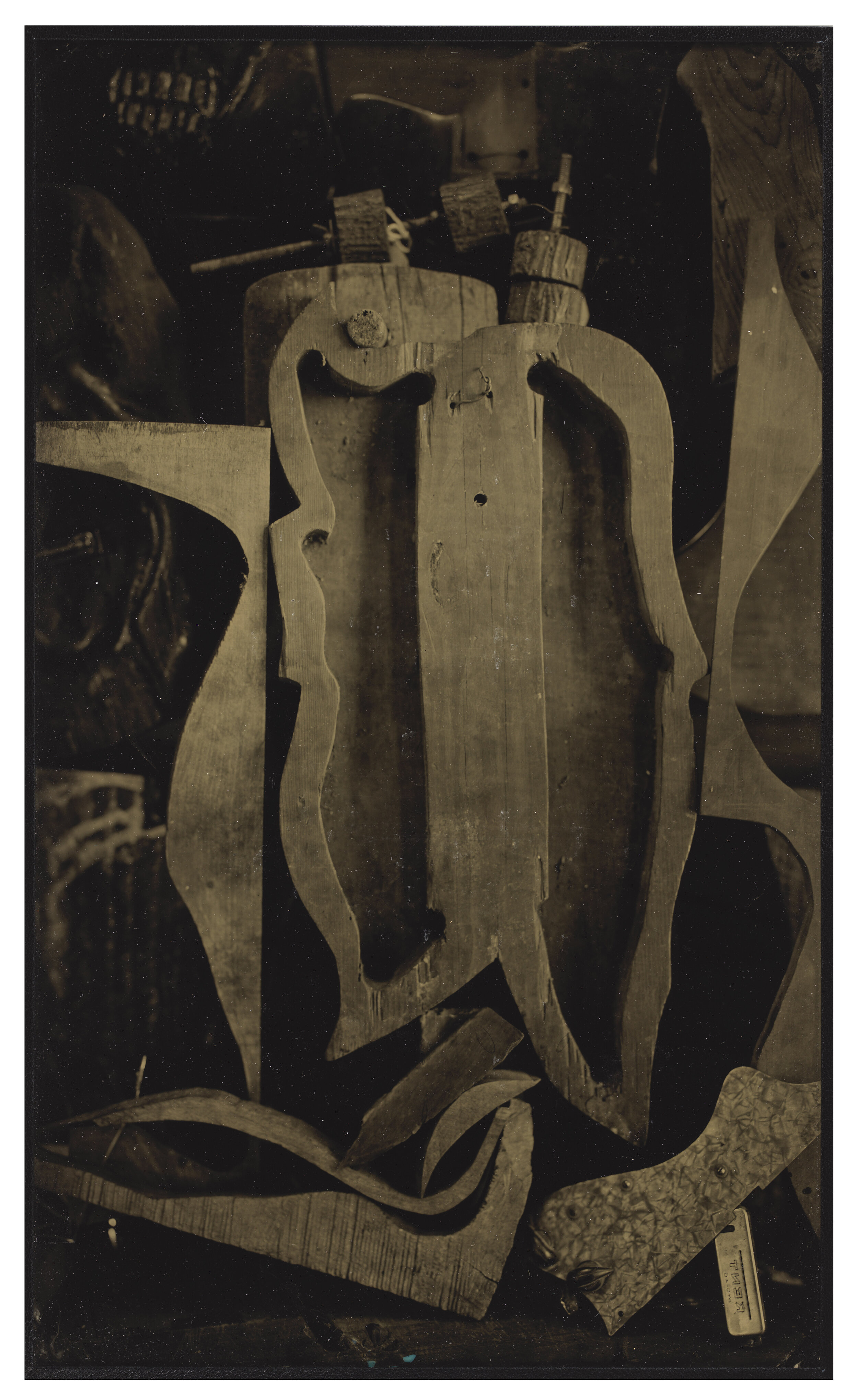

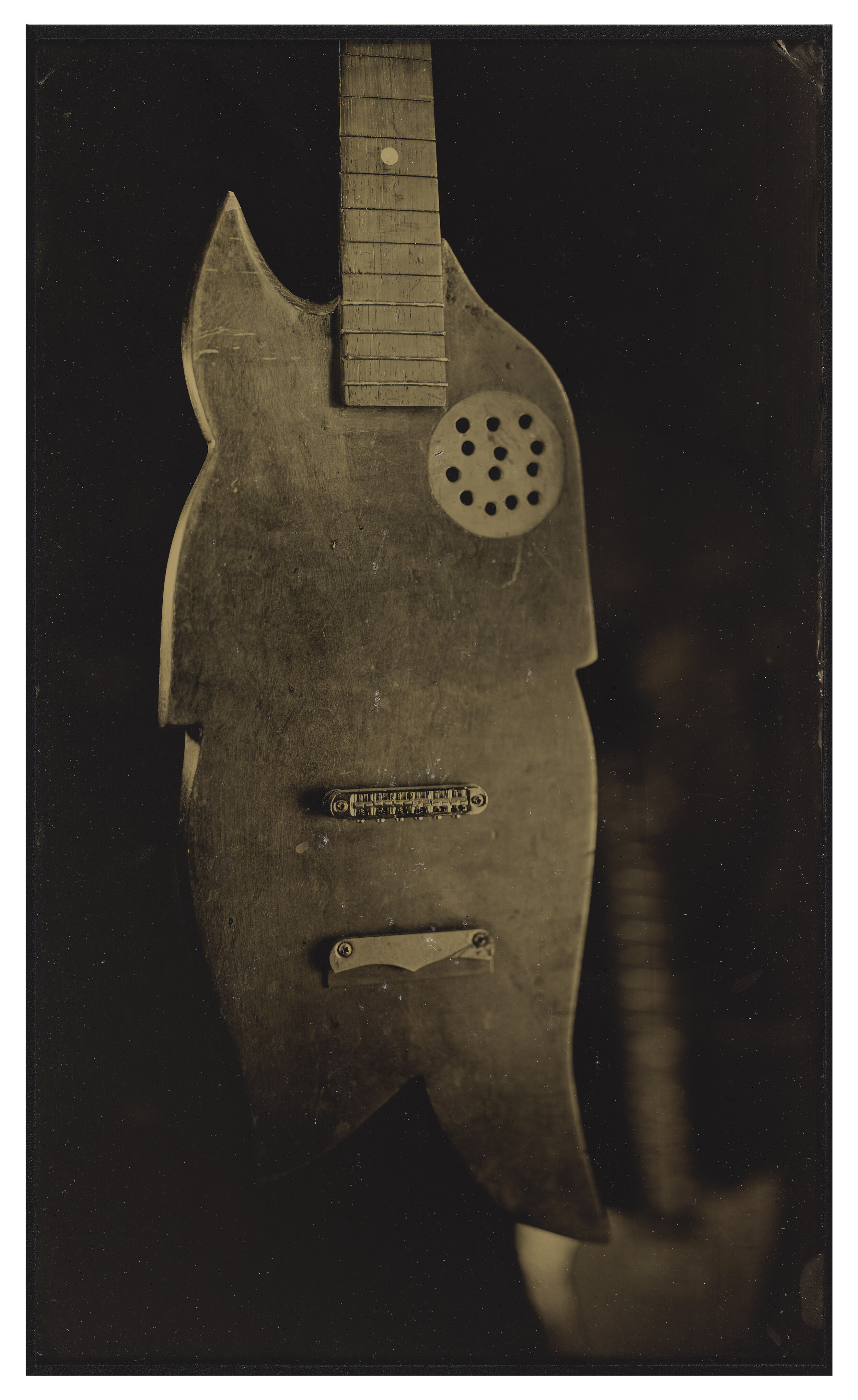
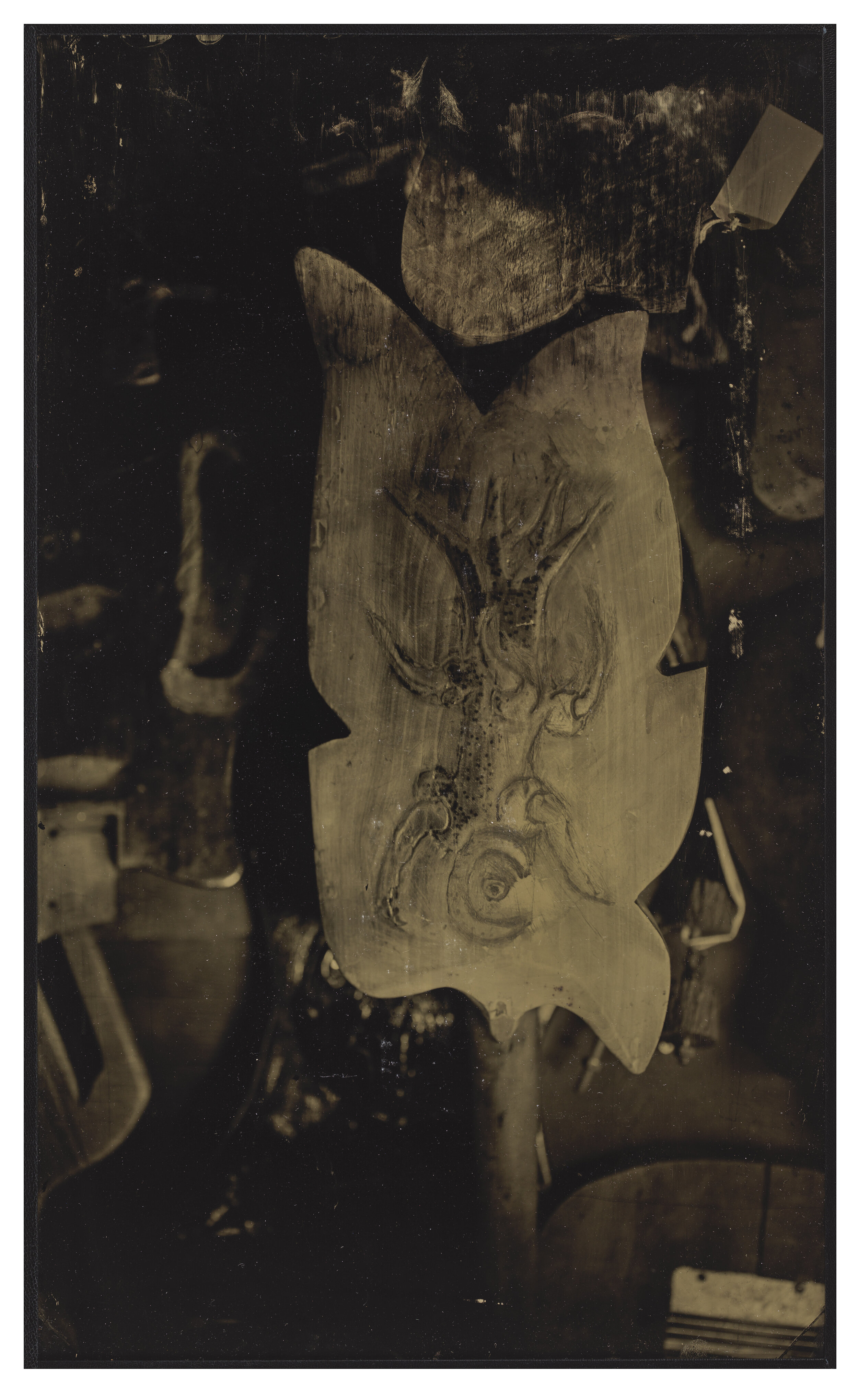
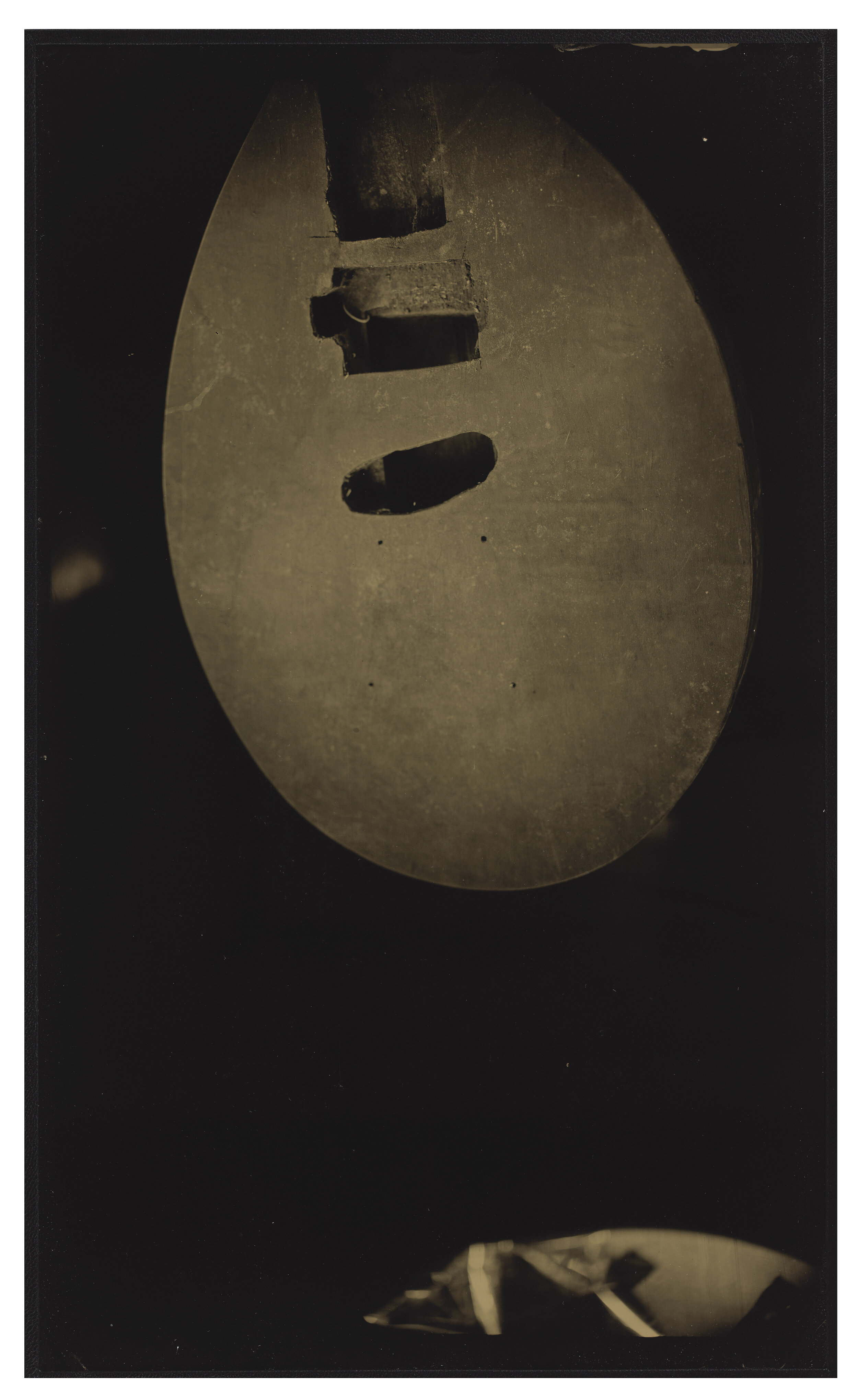
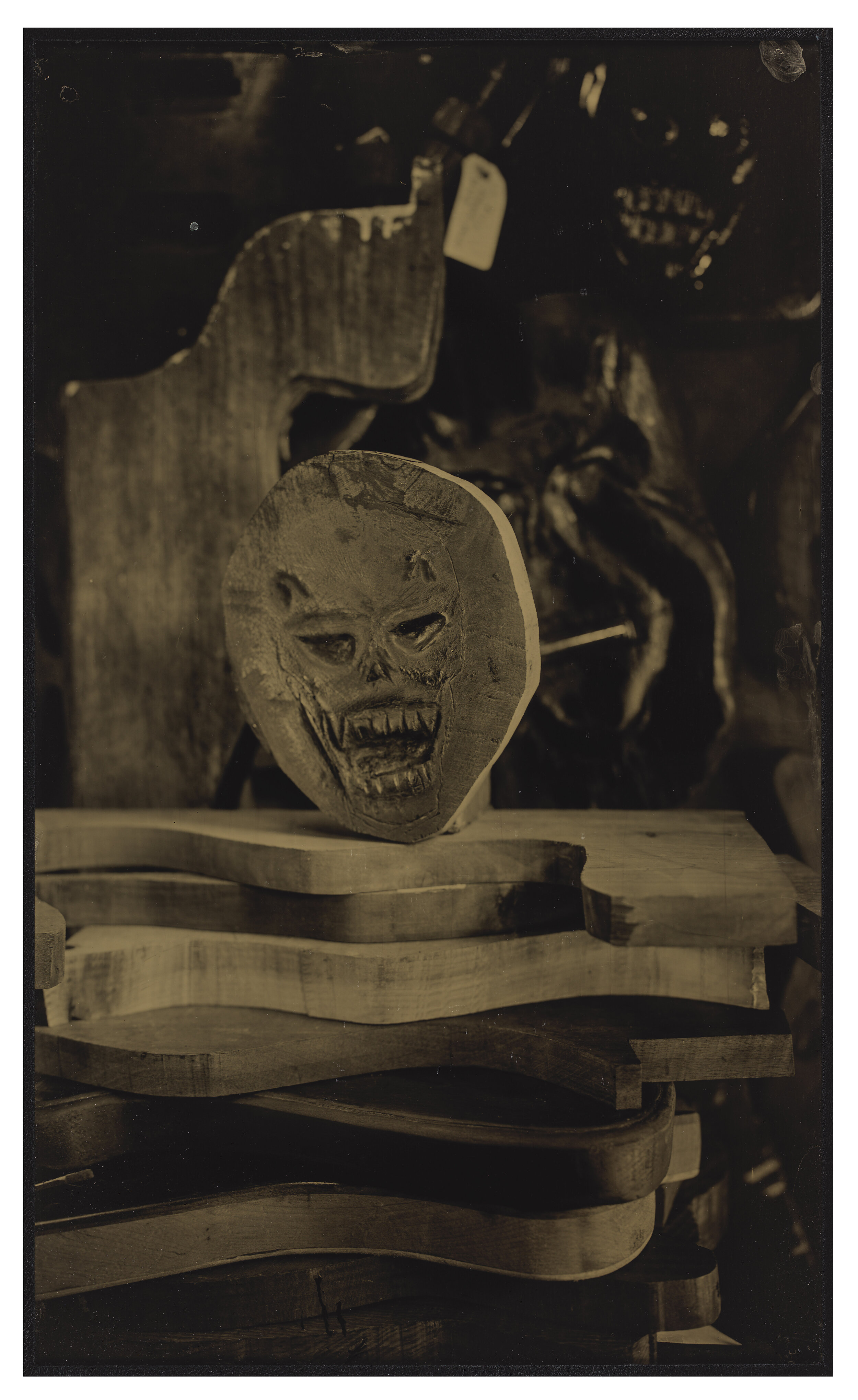
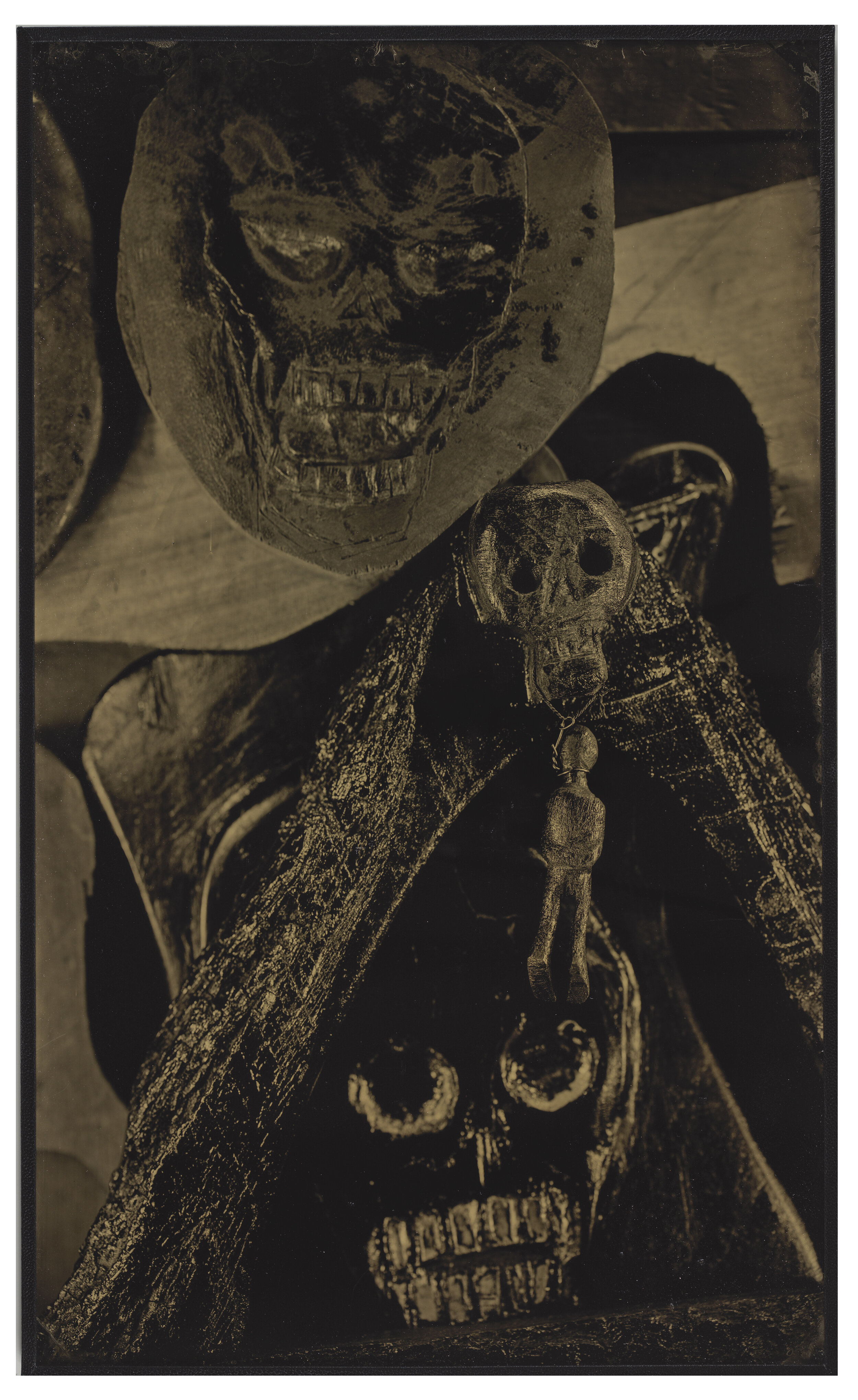
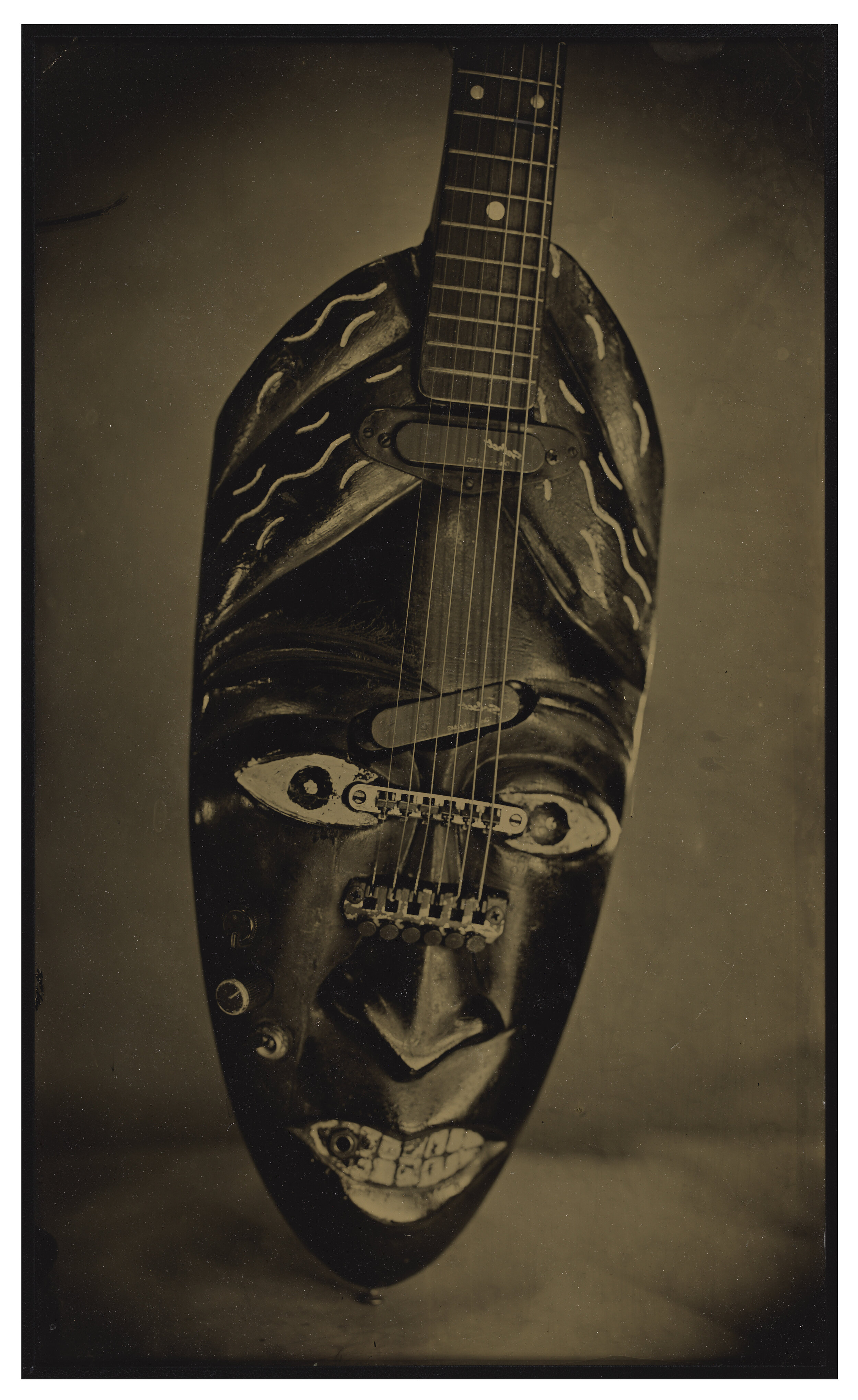
DEEP ROOTS
25 (20X12 inch) tintypes
edition of 1
In 2018, 21st Editions completed the 21st Collection with its sixty-third and final edition title. In that same year, the National Gallery of Art in (Washington) purchased one of only six complete Collections, as did the University of Minnesota along with the archive itself.
Deep Roots follows the successful 21-year run of the a press that was modeled on and followed “In Stieglitz’s Footsteps” (Leisure & Arts, Wall Street Journal, 1.28.99). This grand and monumental creation pays homage to wet collodion, one of the earliest photographic processes (1853), and one that hasn’t changed since. It is a grand celebration of collaboration at its highest level, involving 15 artisans and countless hours of hand worked procedures.
Born from the raw and honest partnership of photographer and folklorist Timothy Duffy and luthier and sculptor Freeman Vines, Deep Roots is a modular exhibition that features a set of 25 (20X12 inch) tintypes, individually handmade in wrapped goatskin welded brass and backed with handmade paper. The images born on tin capture the hauntingly visceral “guitars” that Vines constructs with mostly hand tools from found wood from age-old tress of the south.
“Timothy Duffy met Freeman Vines in 2015, and their meeting precipitated a mutual frenzy of creative output which altered and refined both artists’ work. Duffy was already well known for his evocative portraits of musicians from the deep root system of American music—blues and gospel singers, folk artists, R&B instrumentalists. In his Hillsborough, NC, studio, Duffy immortalized his musicians in tintypes of striking light and rich shadow. Duffy, whose long photographic career reaches back to his early years in New England, his musical and spiritual studies in Kenya, and the communities of bluesmen he met upon moving to North Carolina, had not anticipated the seismic creative shift that Vines’ friendship and body of work would cause in him. Vines’ guitars revealed to Duffy that the object has an inner life as complex and worthy of exploration as any living subject.”
“Freeman Vines is a self taught luthier and sculptor whose work is unequivocally American. Raised in the Jim Crow South to a family of faith and long memory, Vines has experienced first- hand the interrelated systems of free labor on which his country operates, from the post-bellum plantation economy of sharecropping to forced labor of chain gangs. He is a citizen, and a man removed from citizenship. His memory reaches from this country’s original sins of enslavement and genocide to its latest acts of environmental self-destruction. He is rooted in the land of eastern North Carolina’s coastal plains, and alienated from it. America has acted upon Freeman Vines with all her power, and placed him at the dense center of her tangled web. Out of all of this, Freeman Vines makes guitars.” -From the bound essay by Zoe Van Buren
THE tintypes
